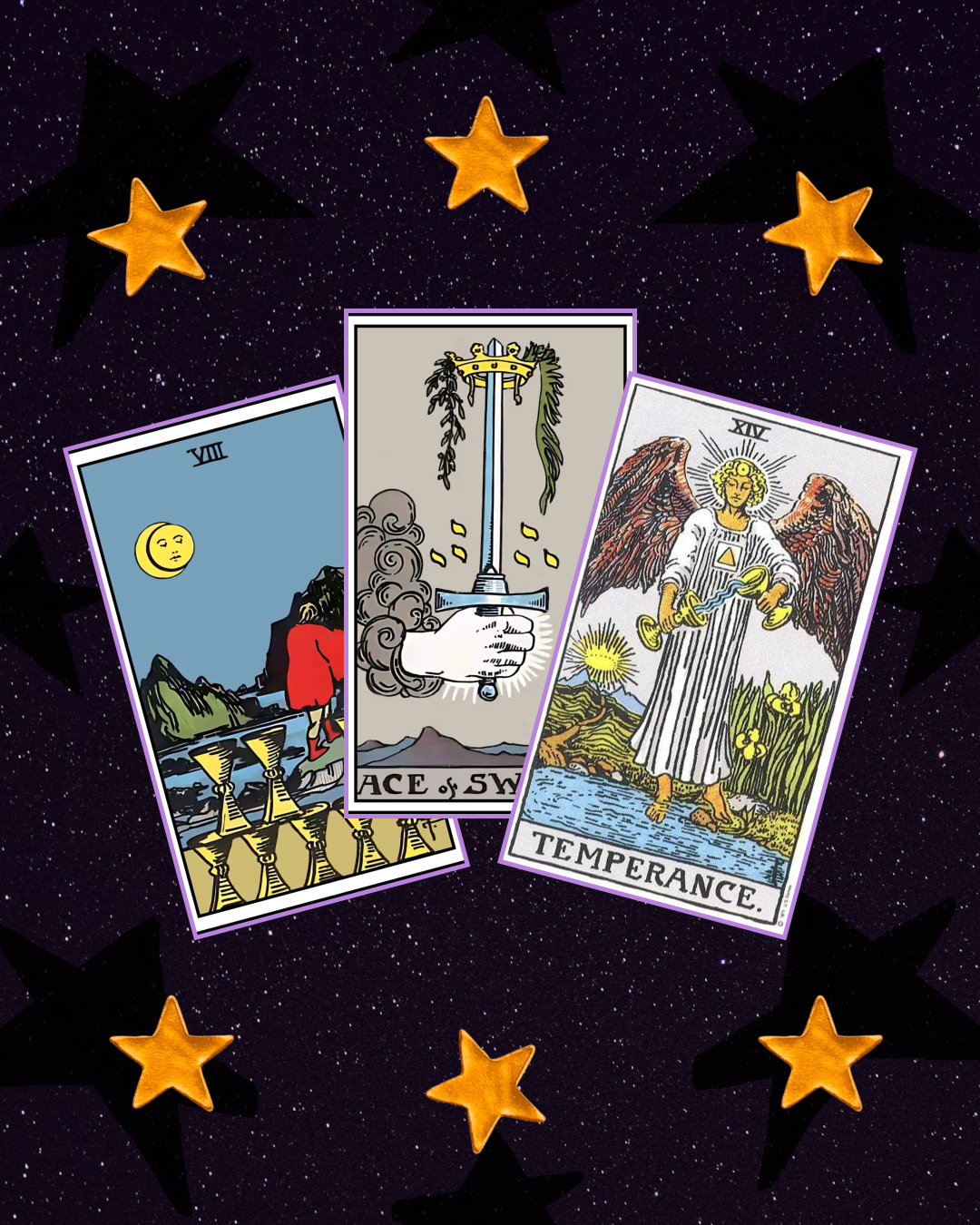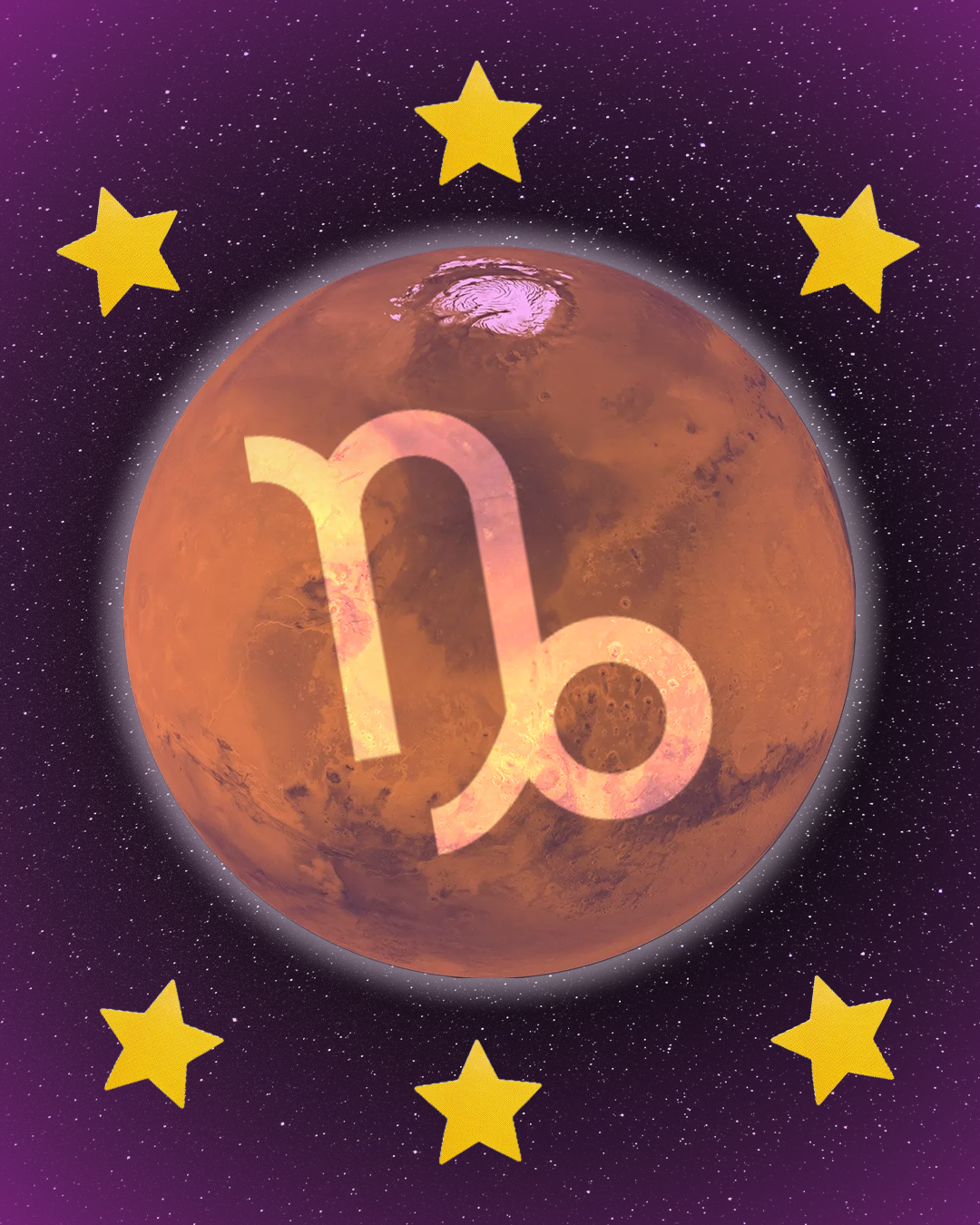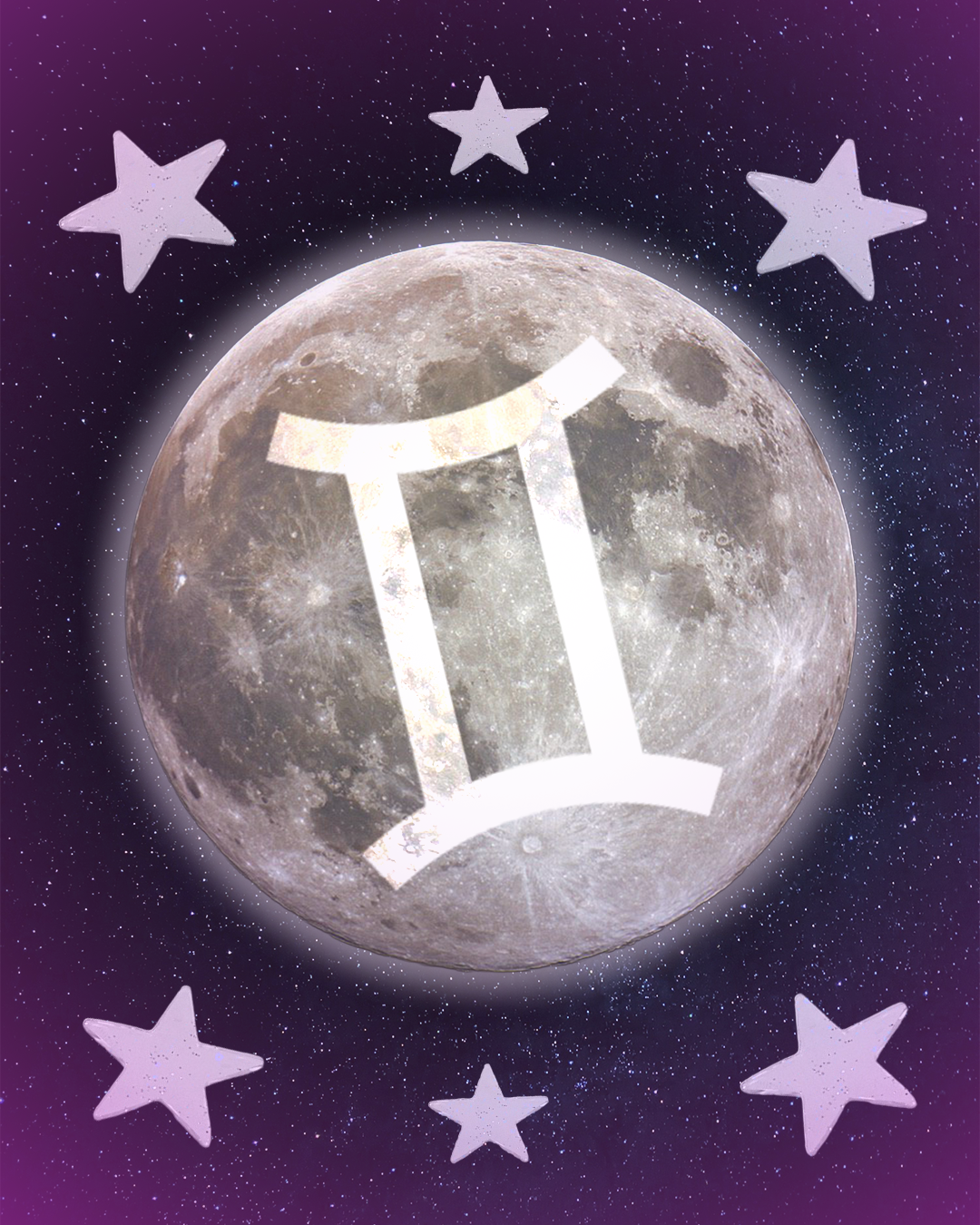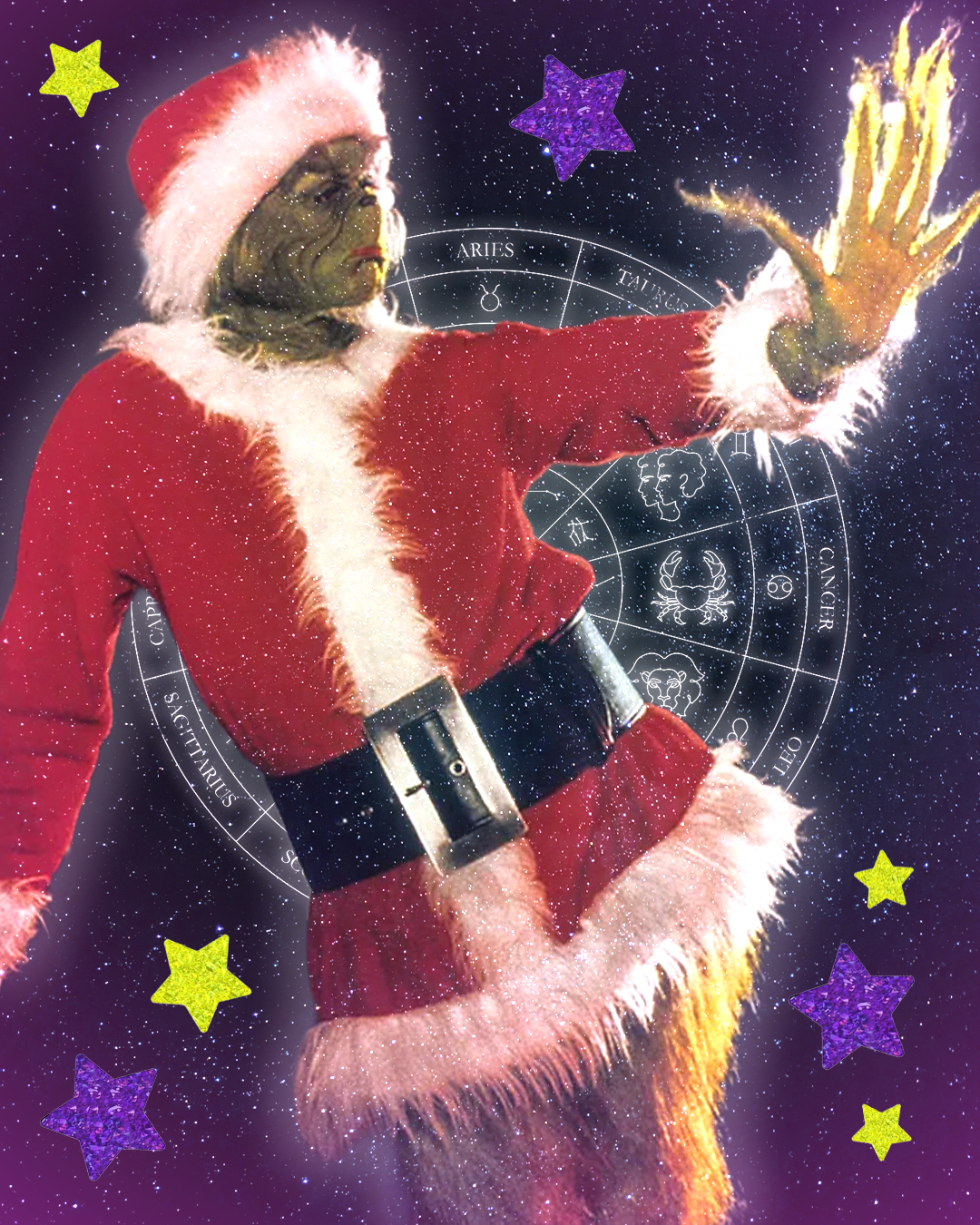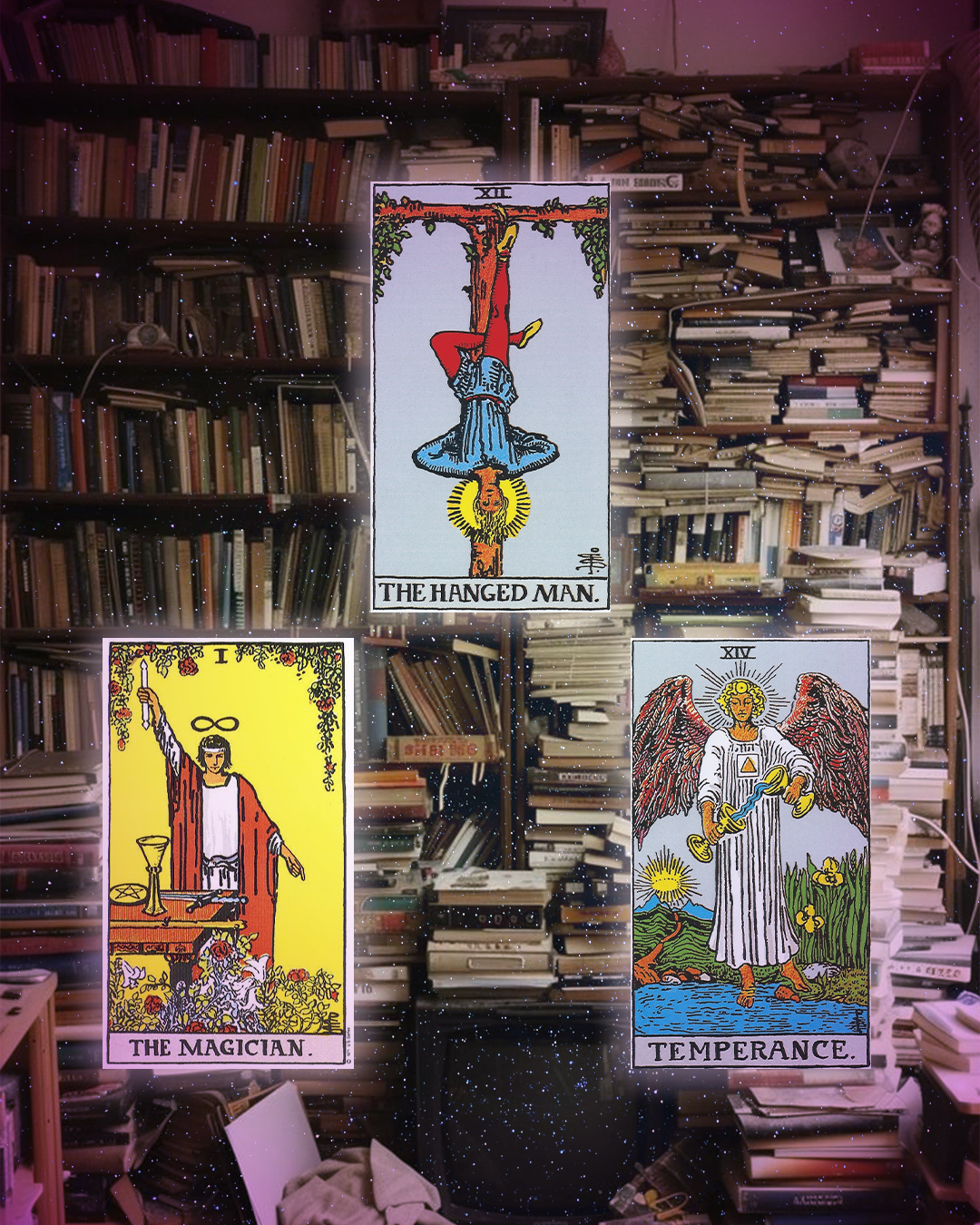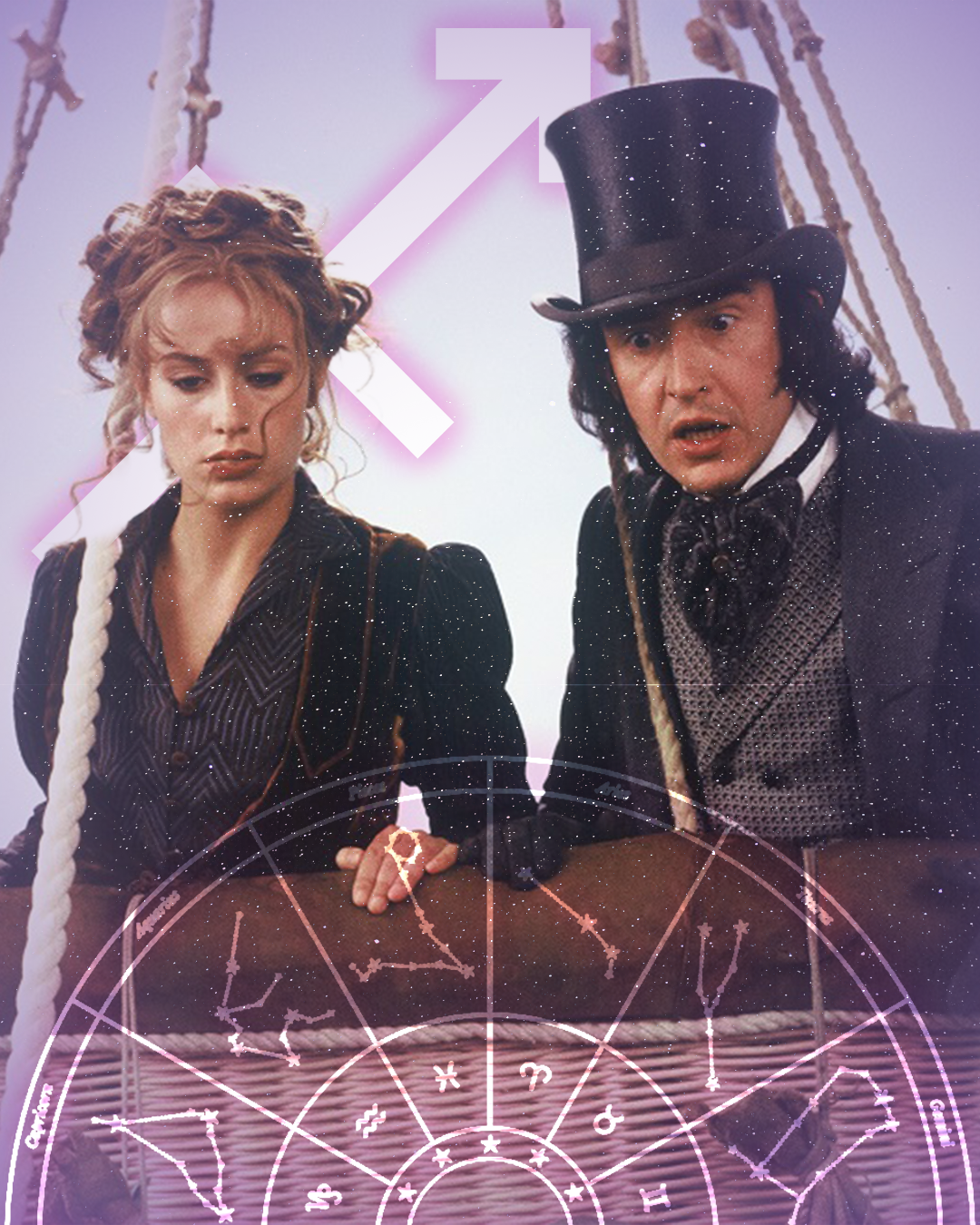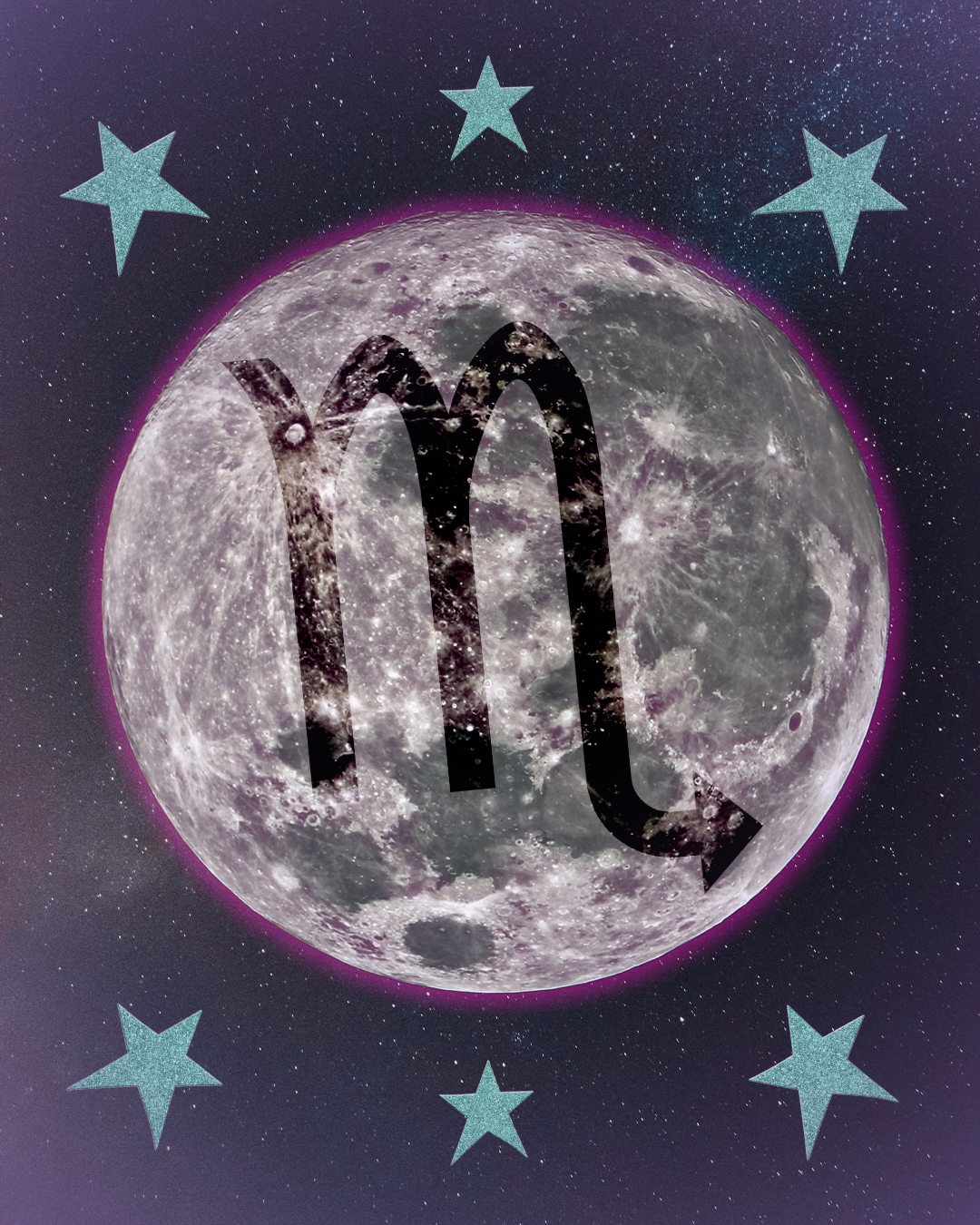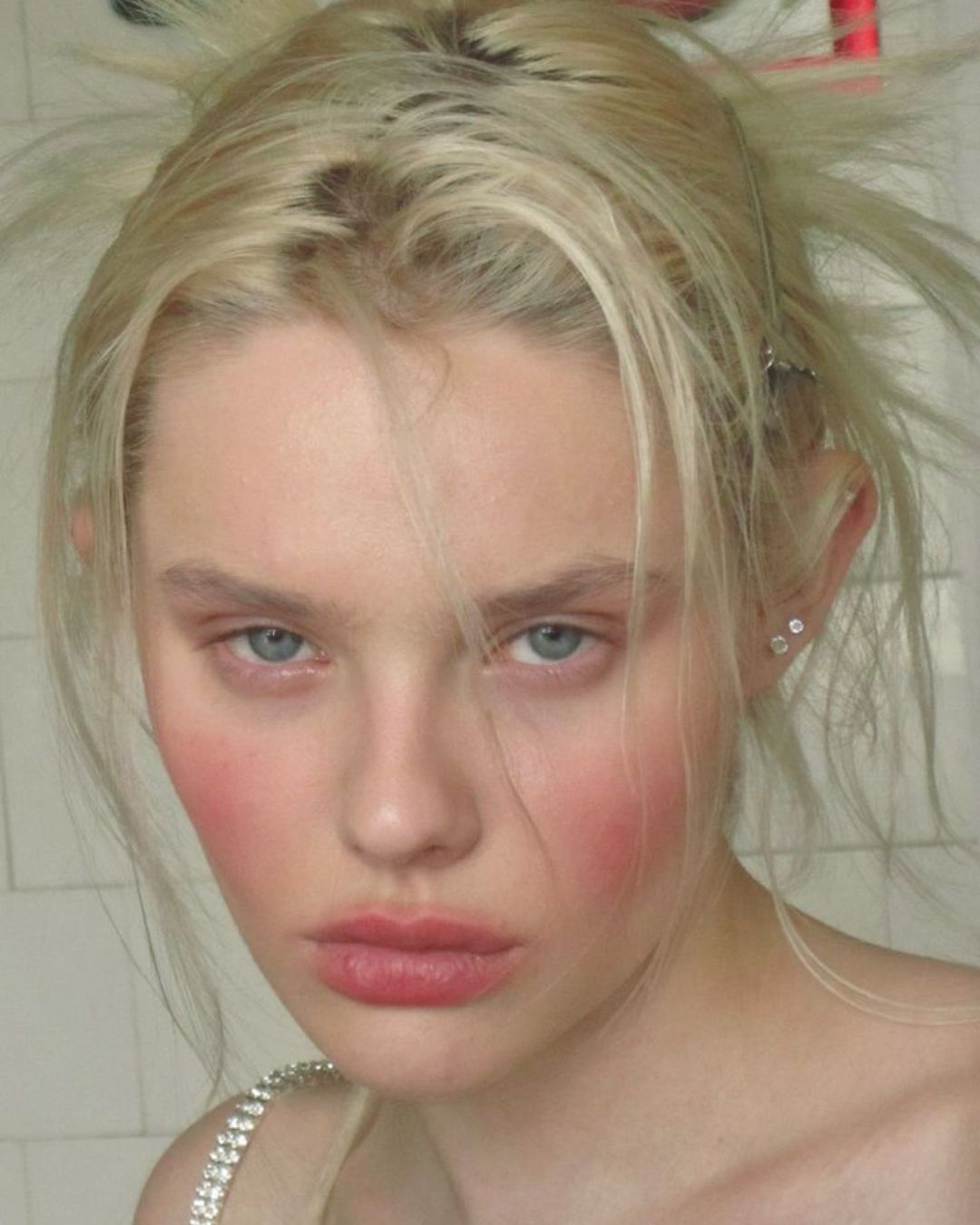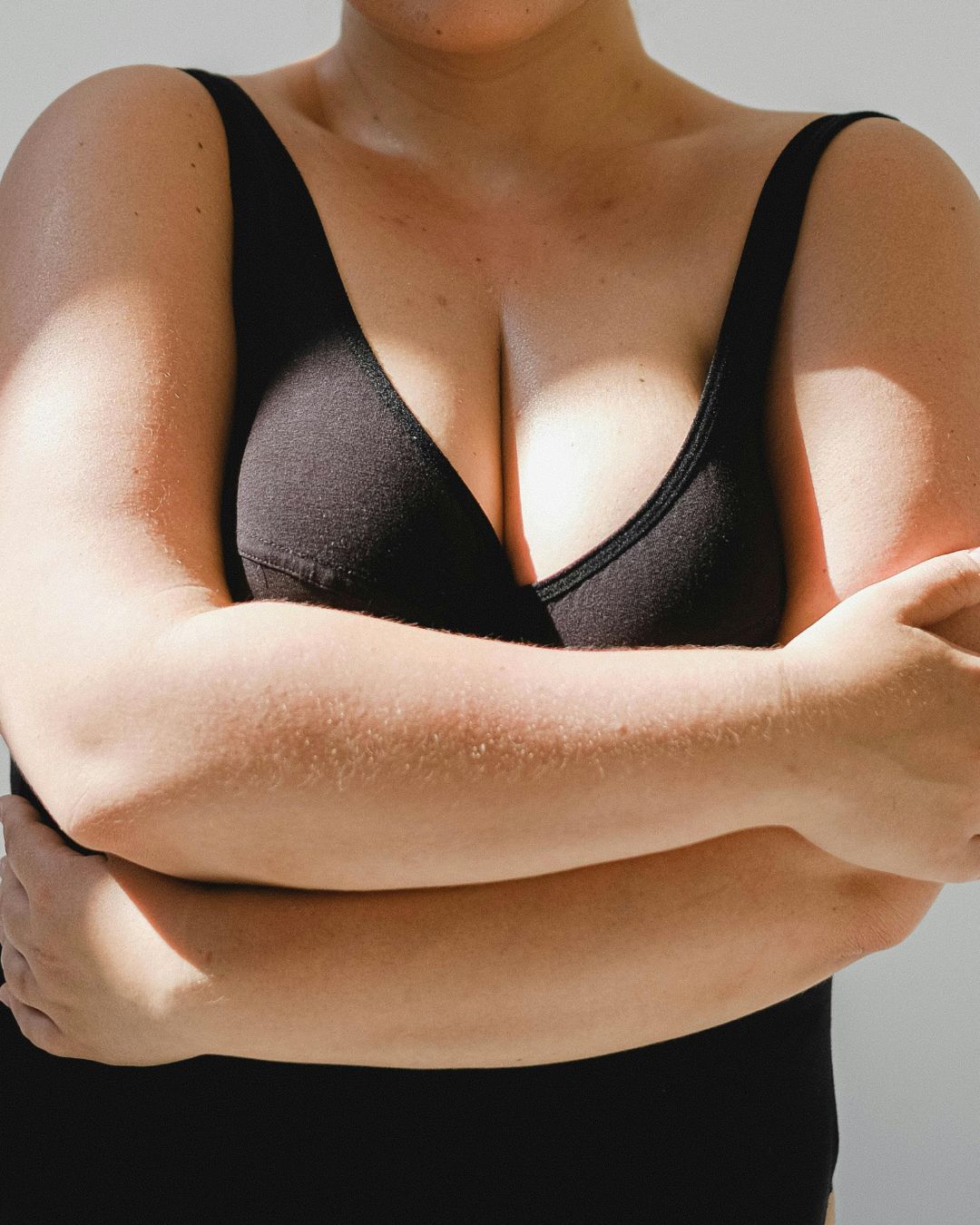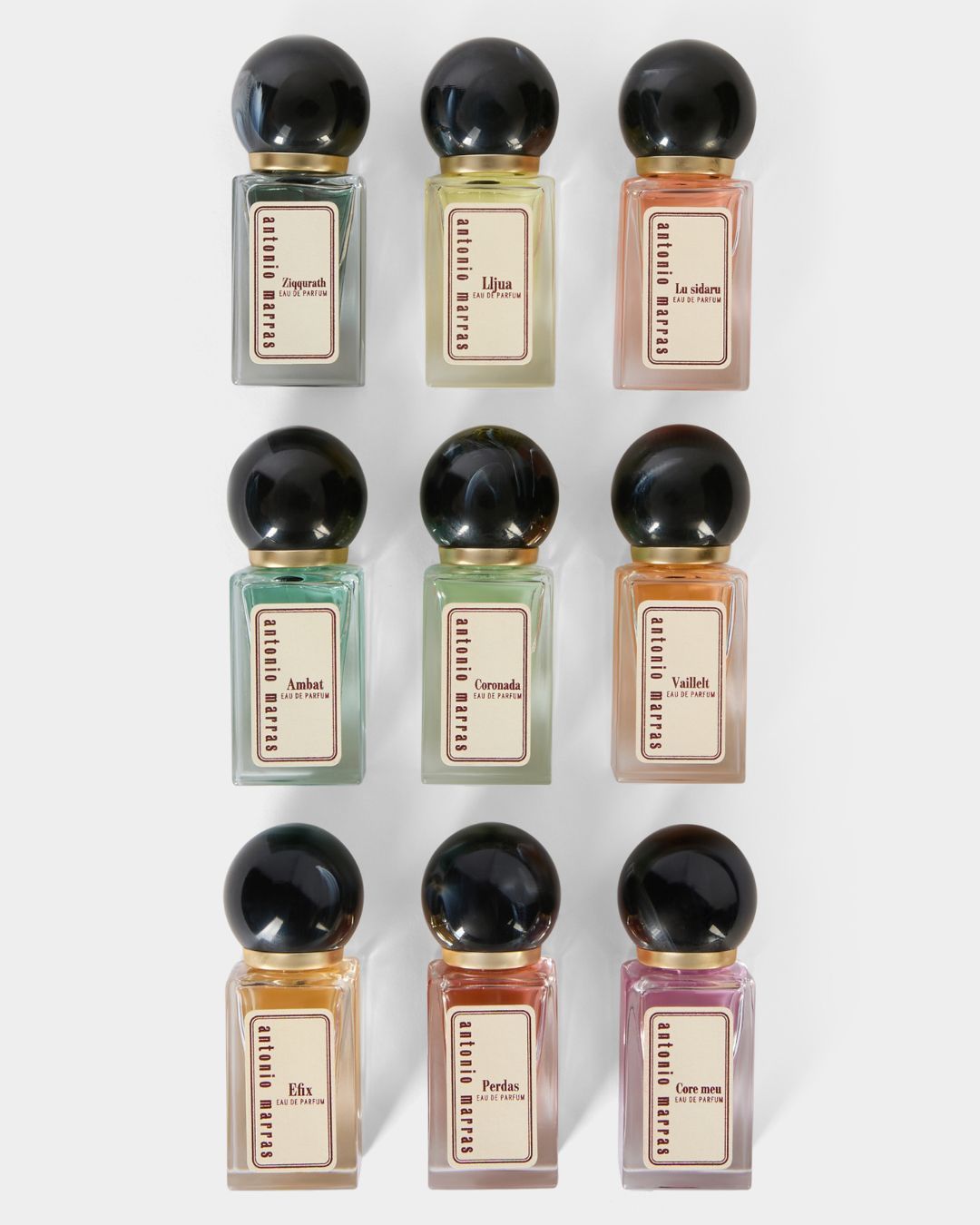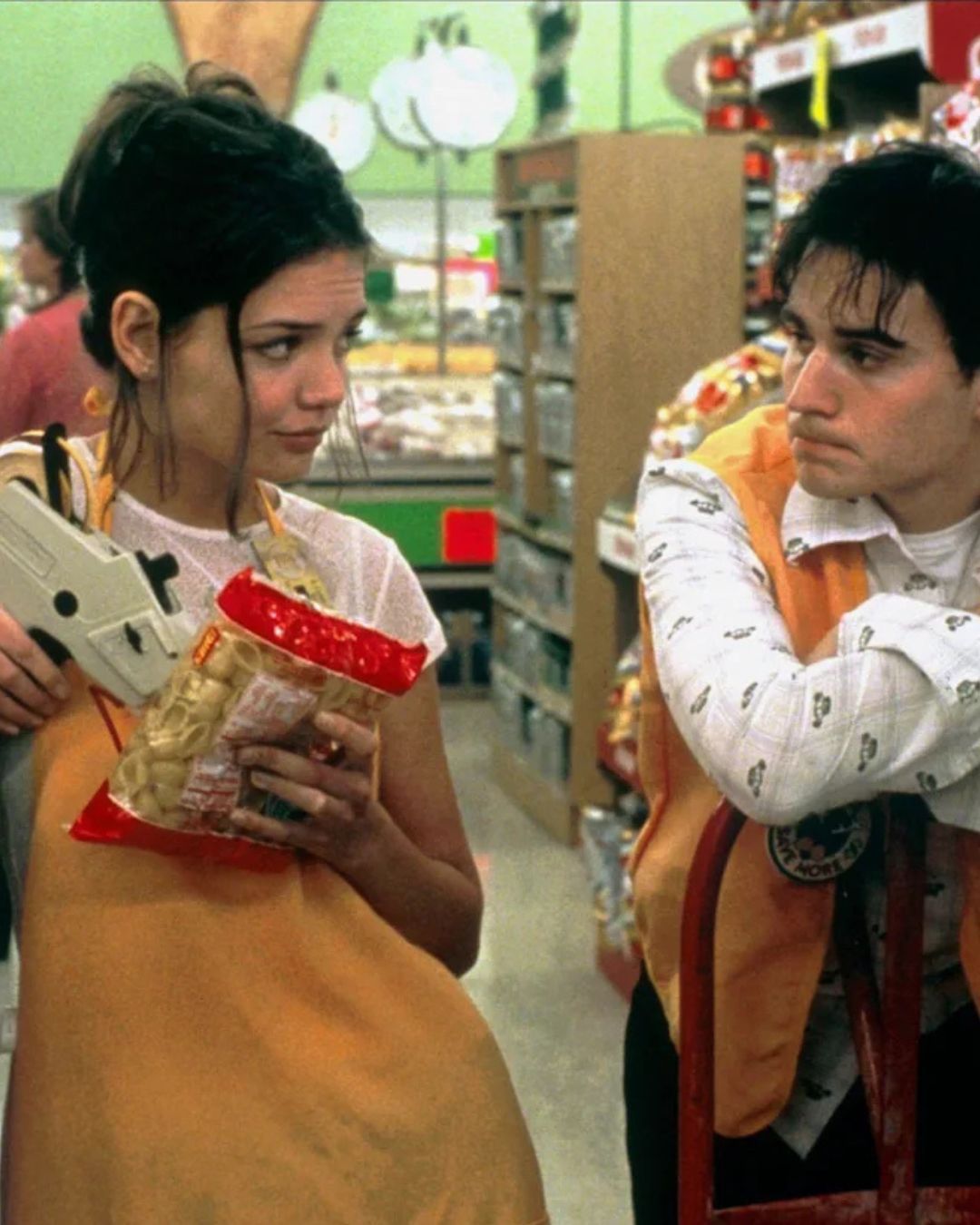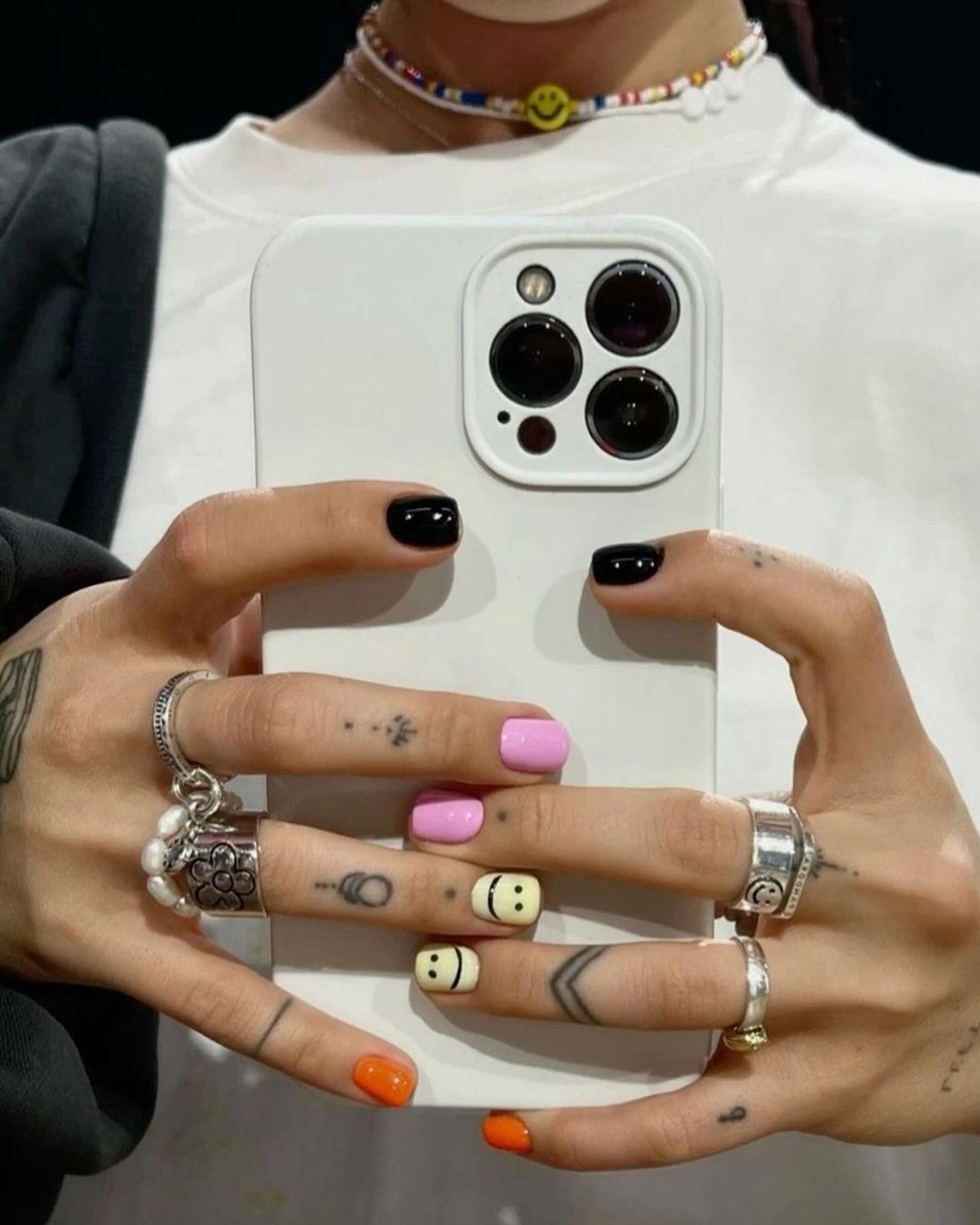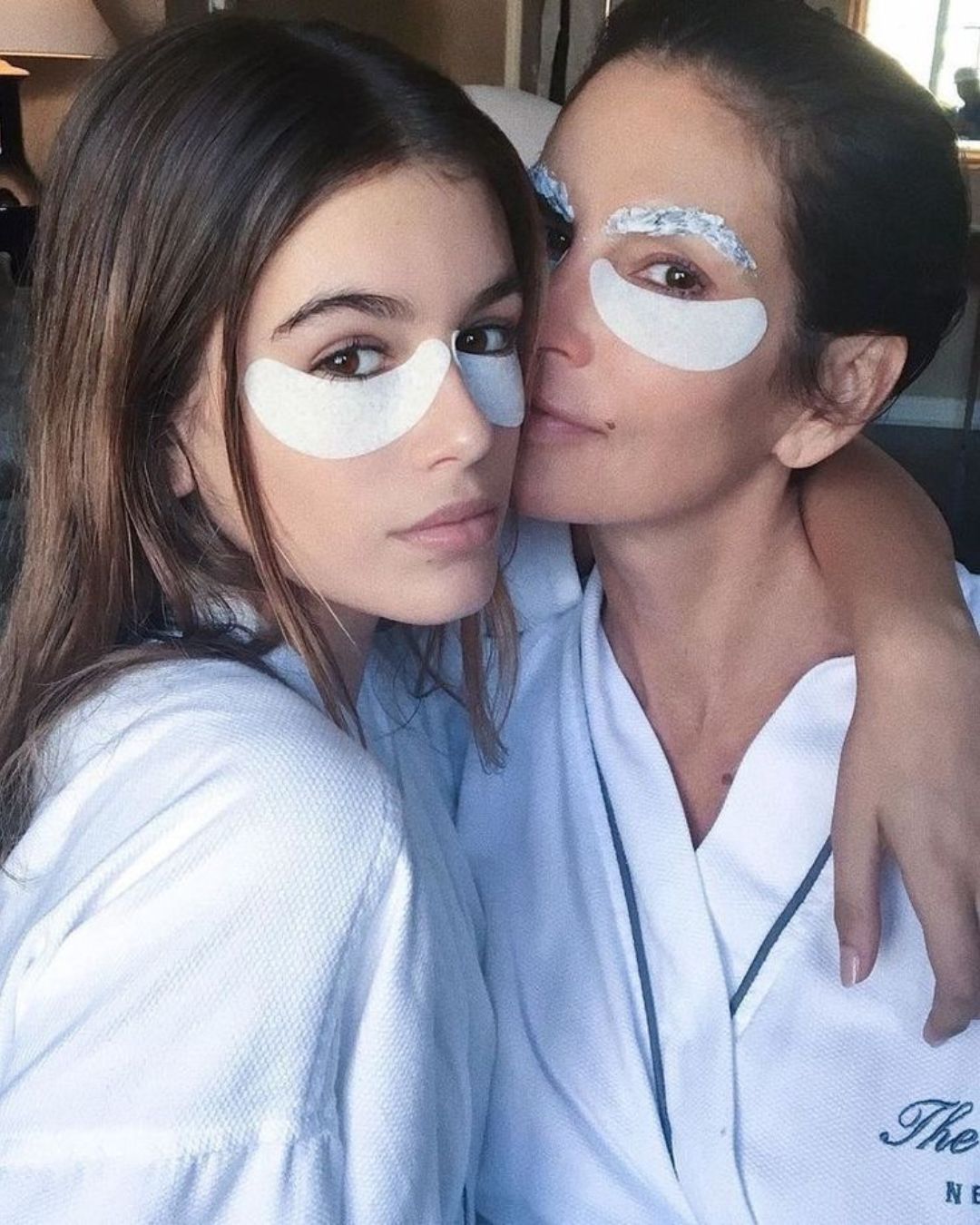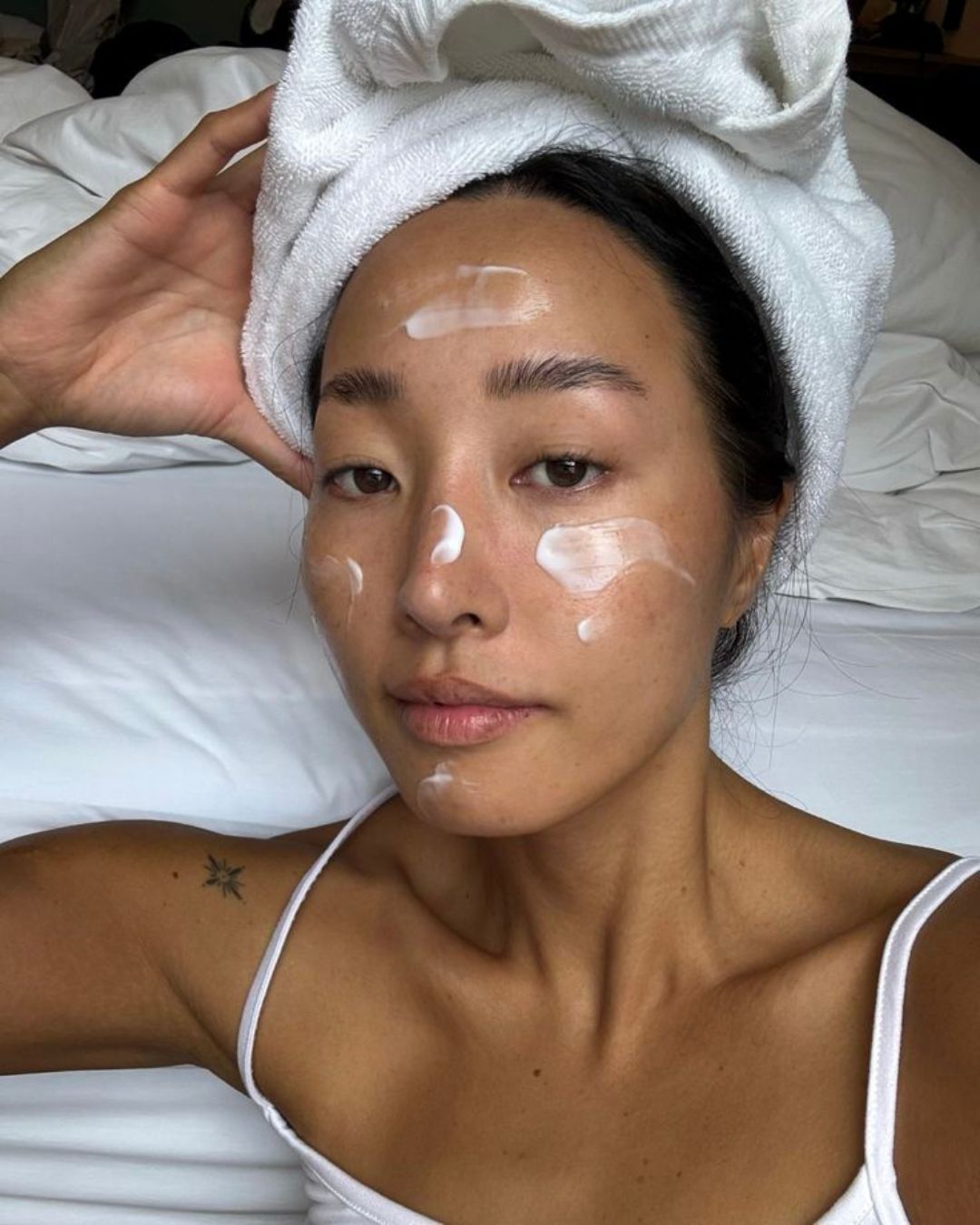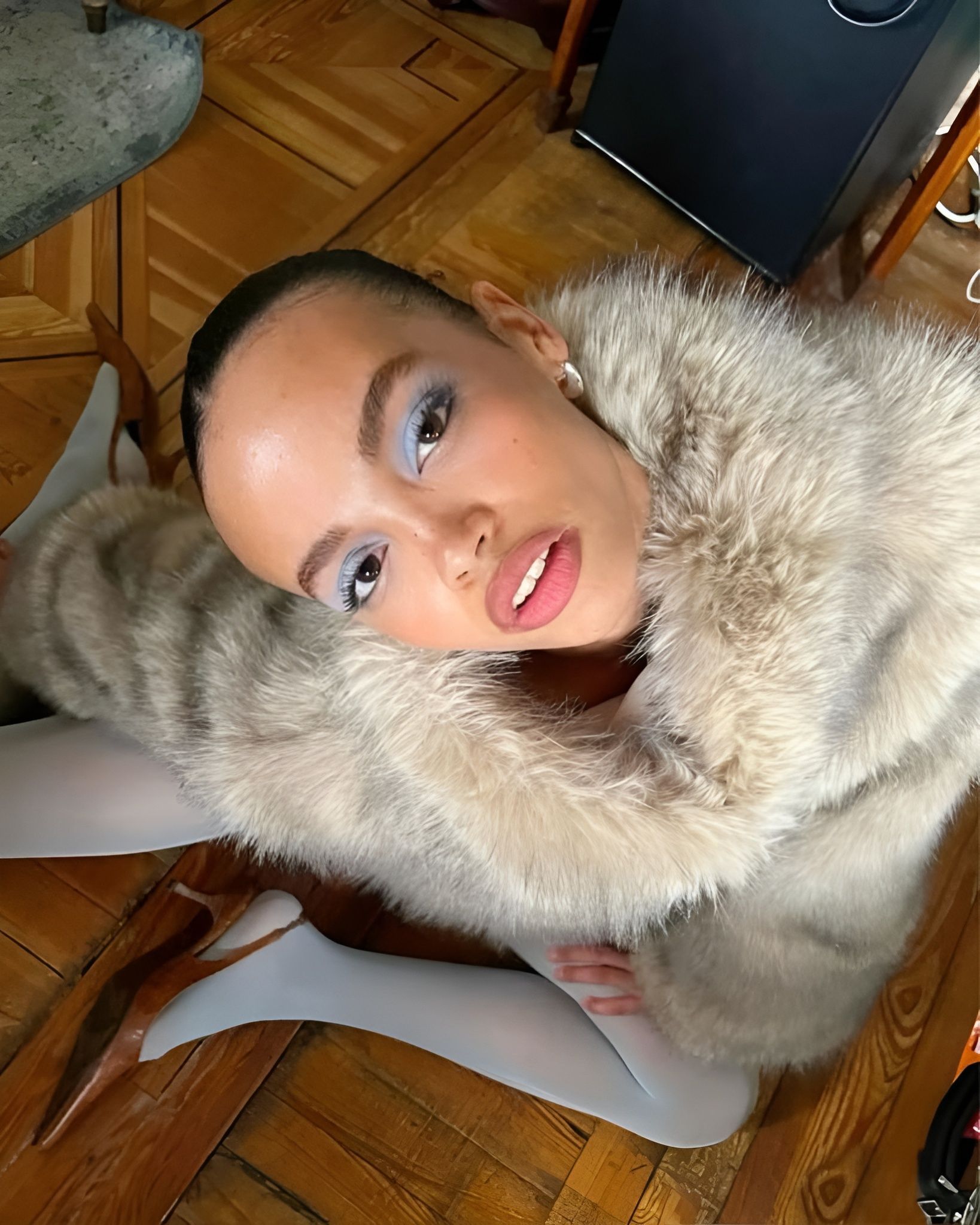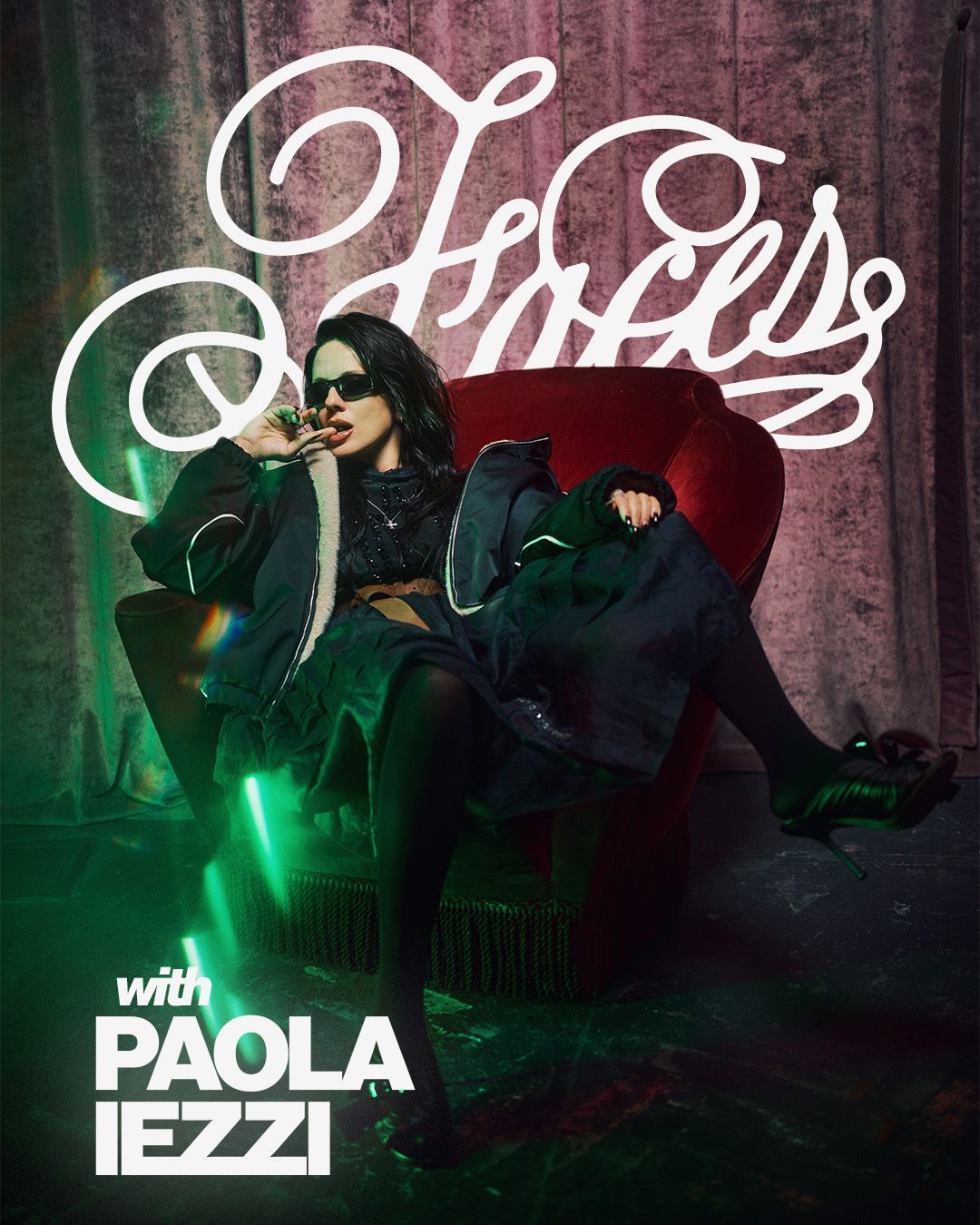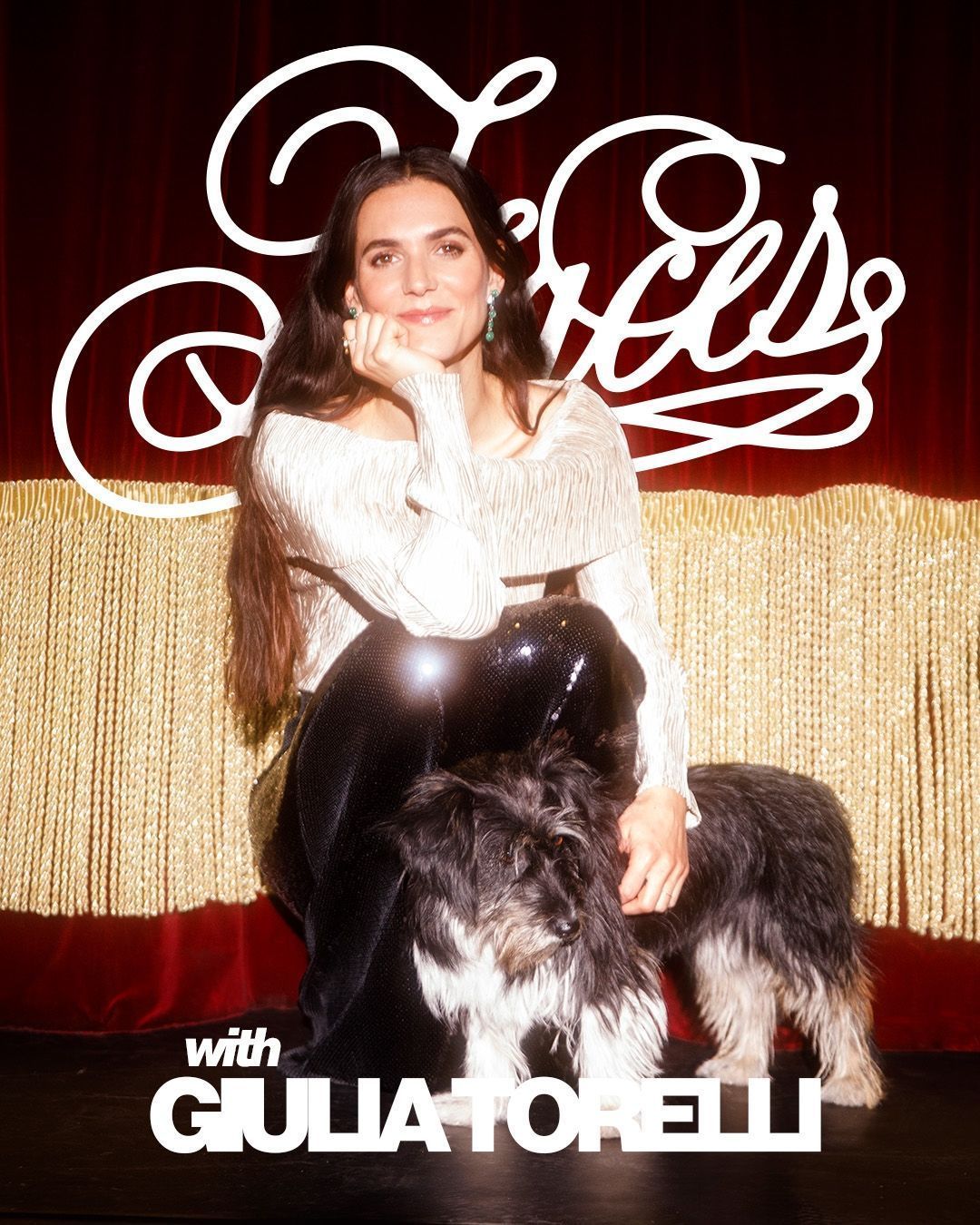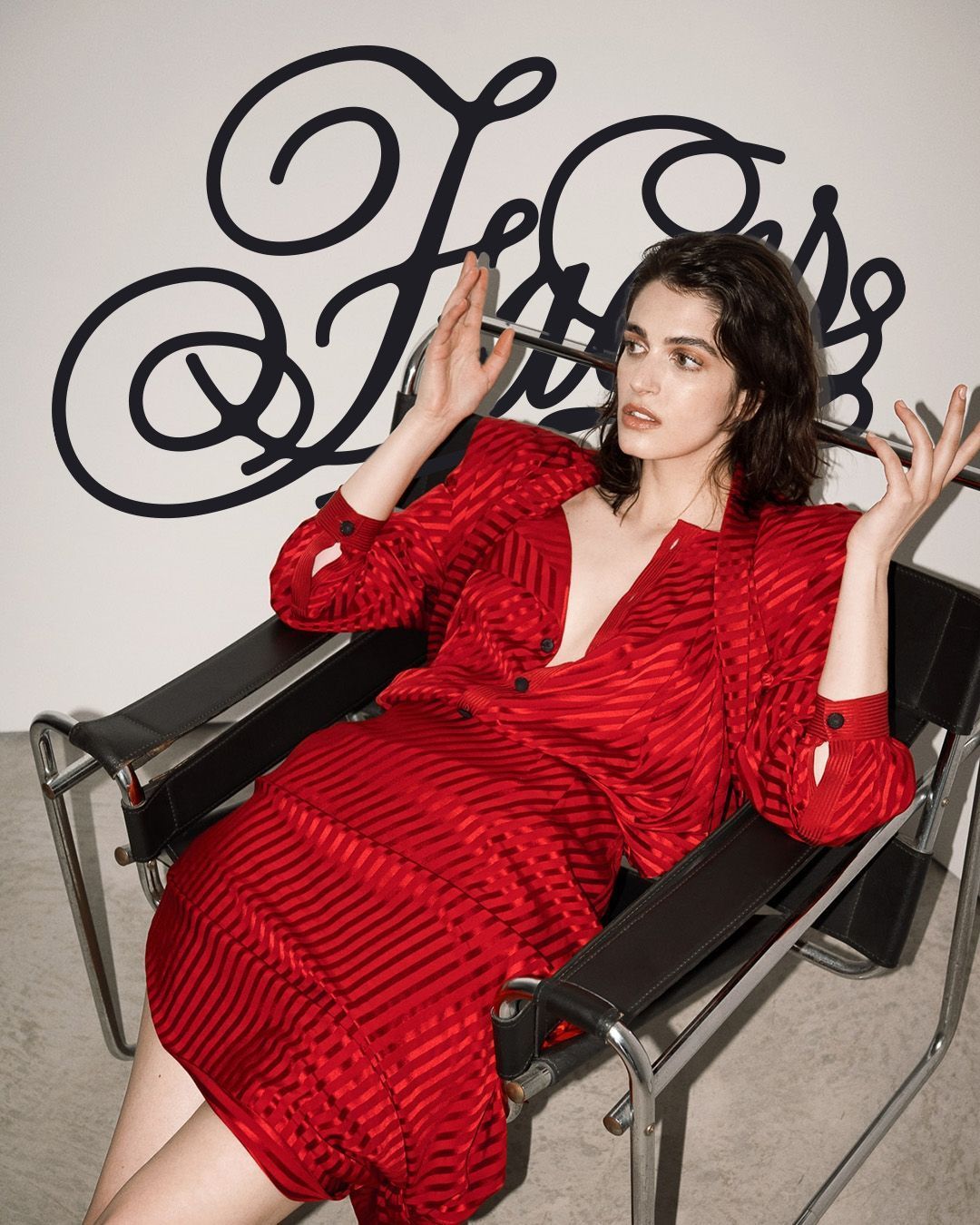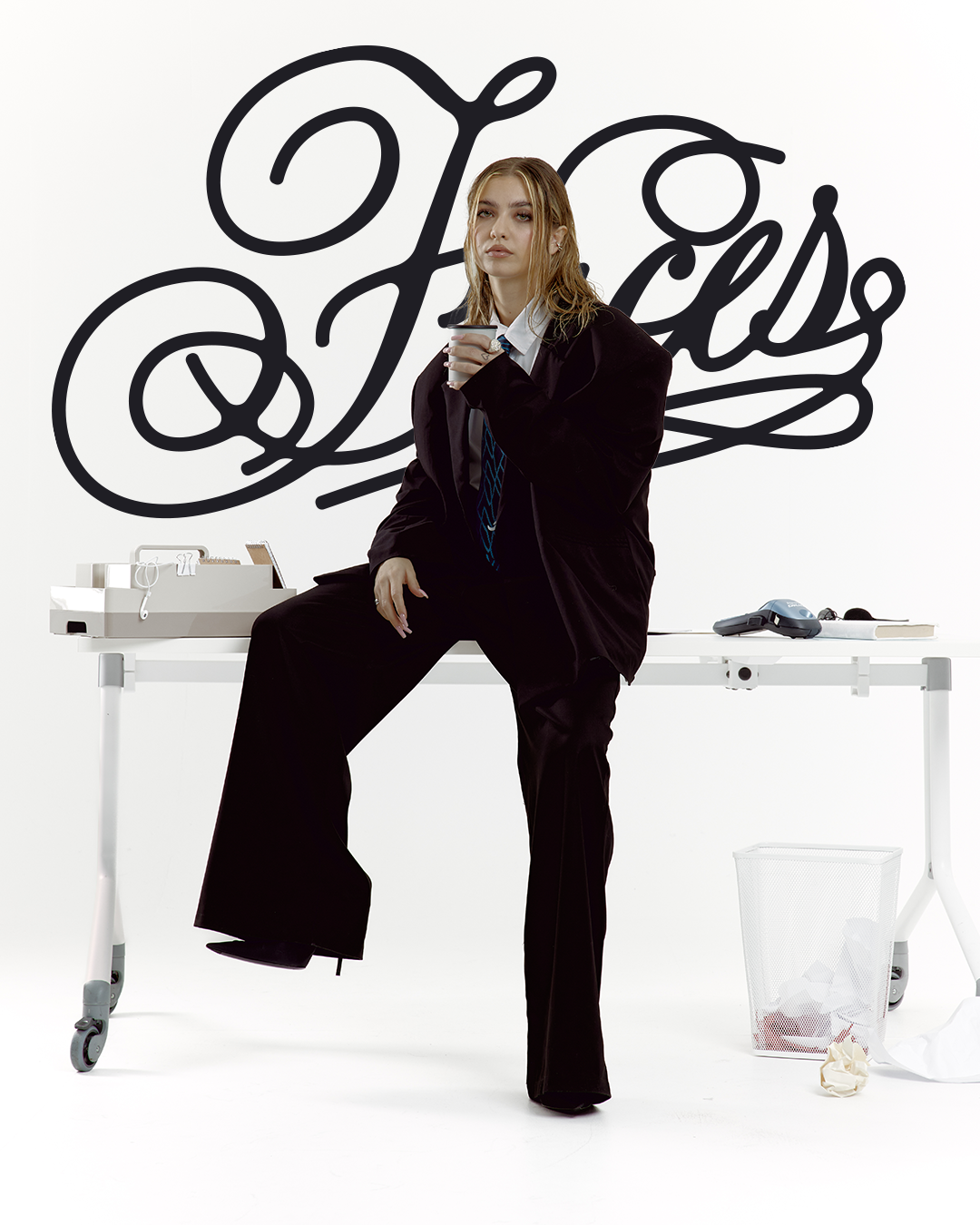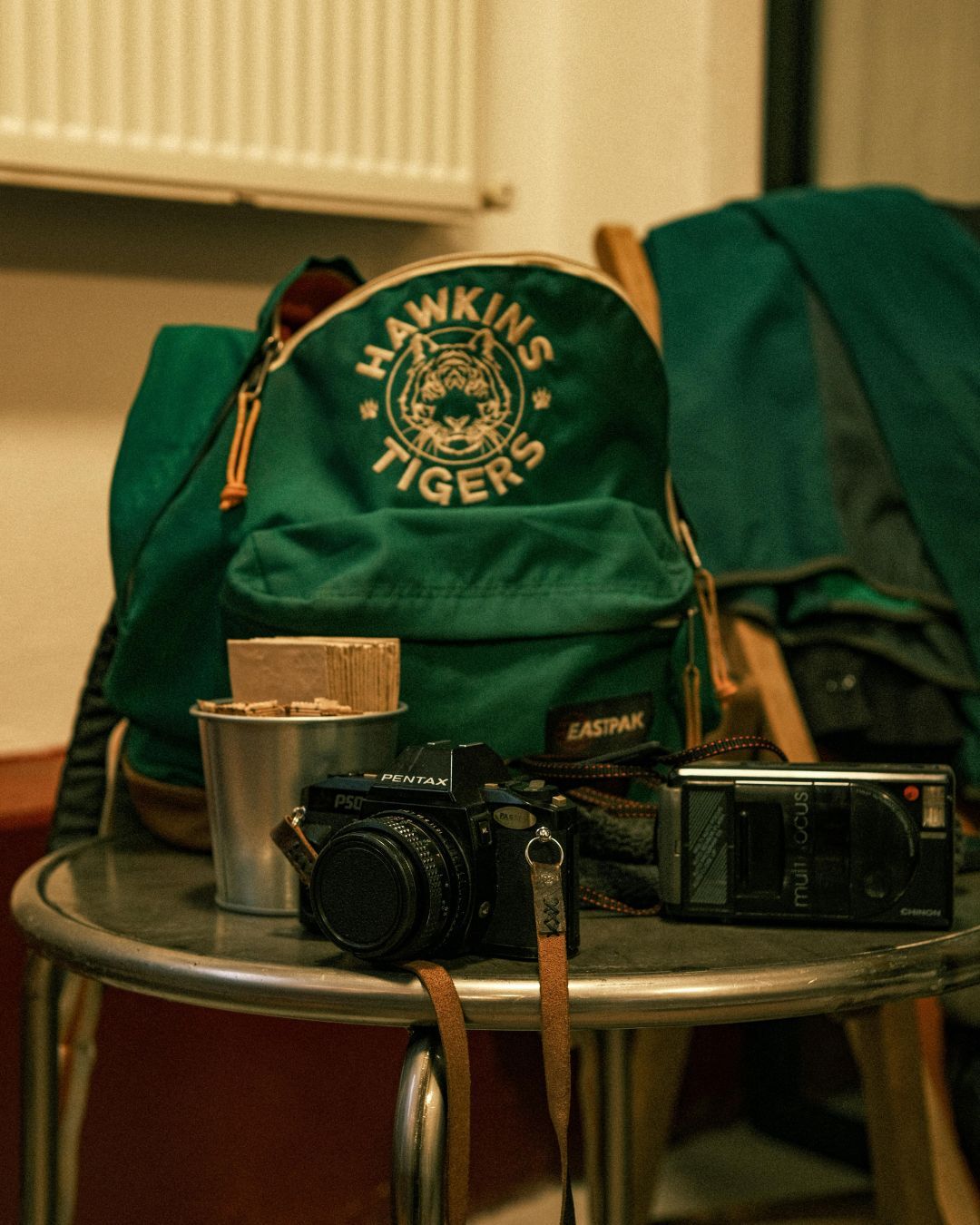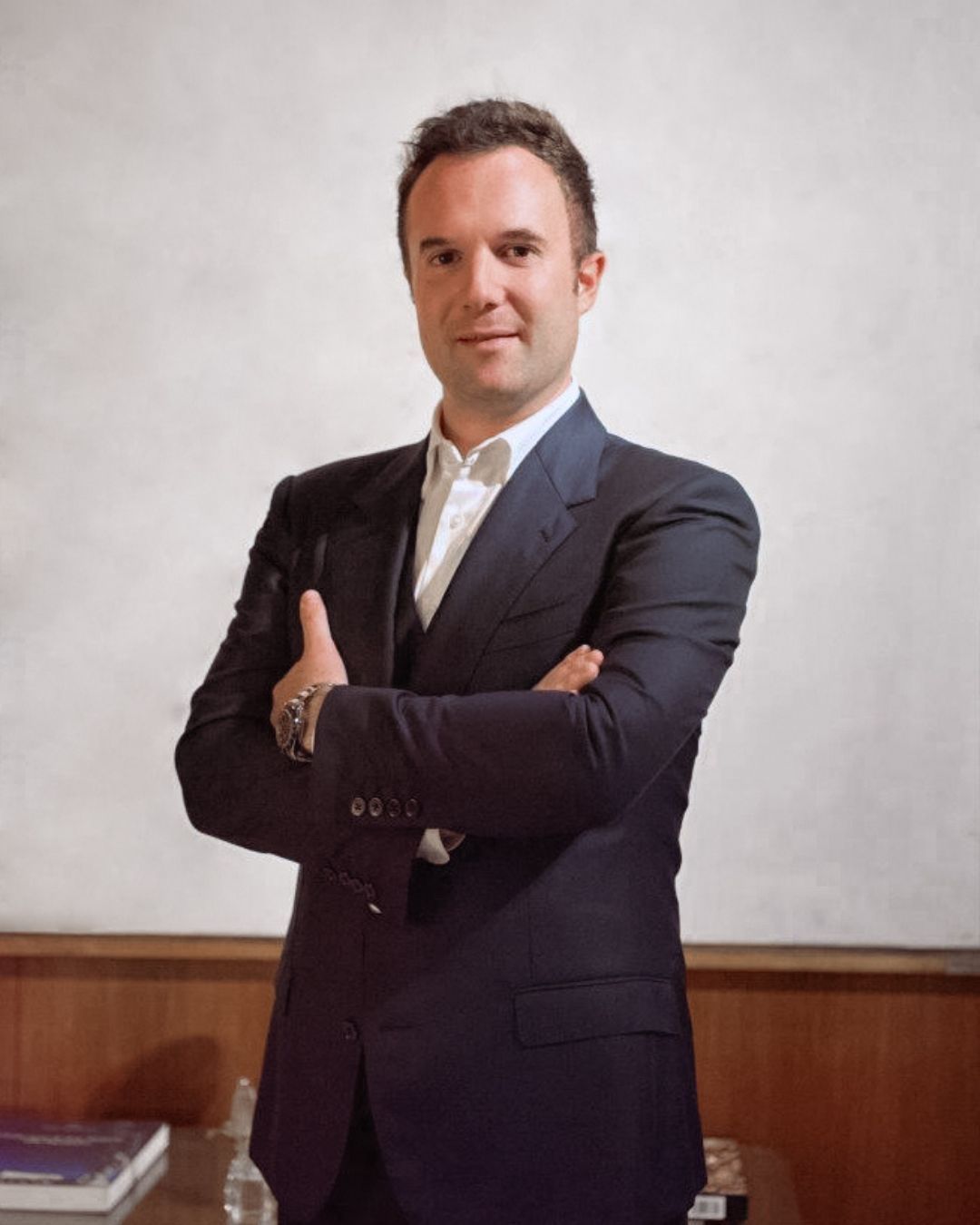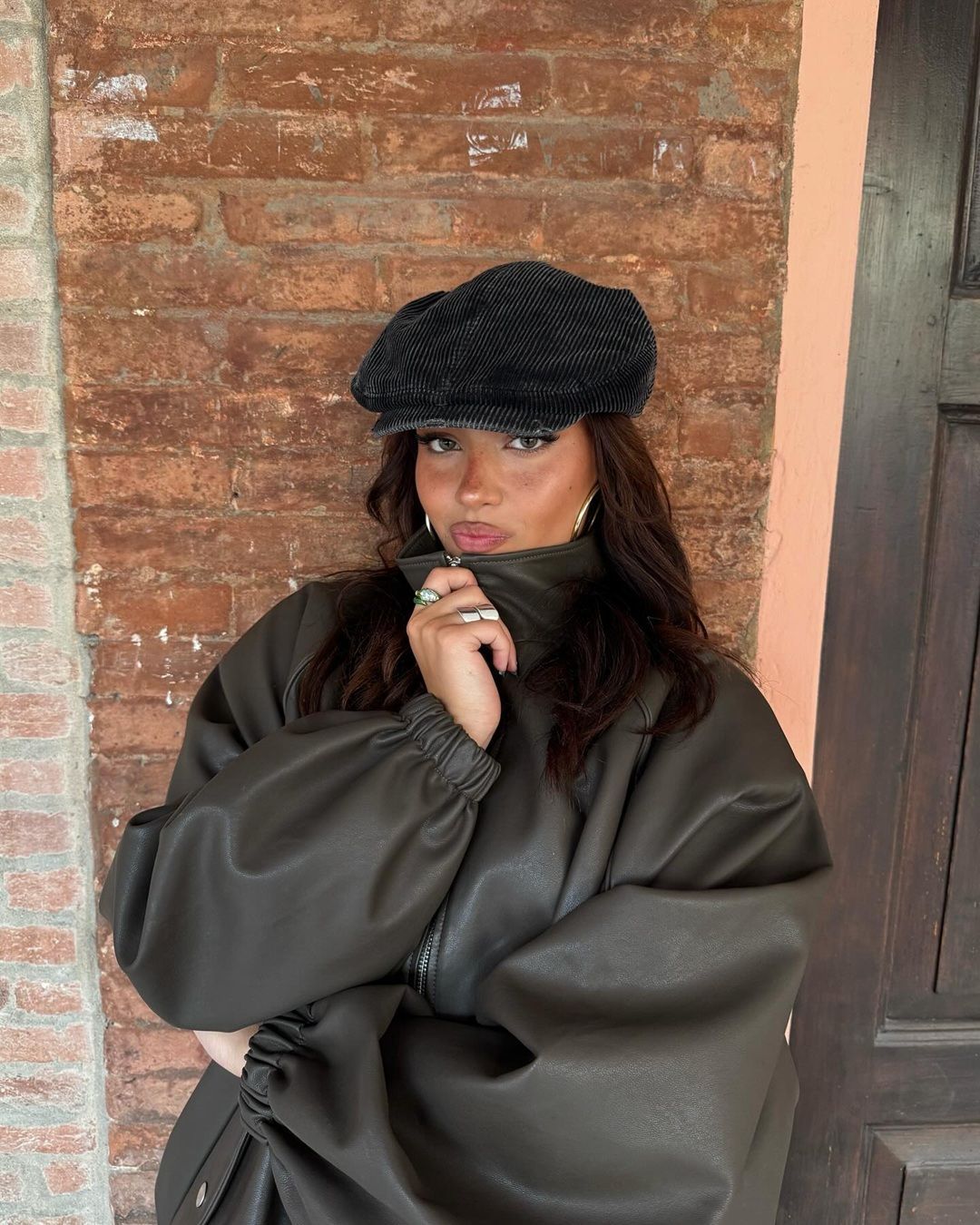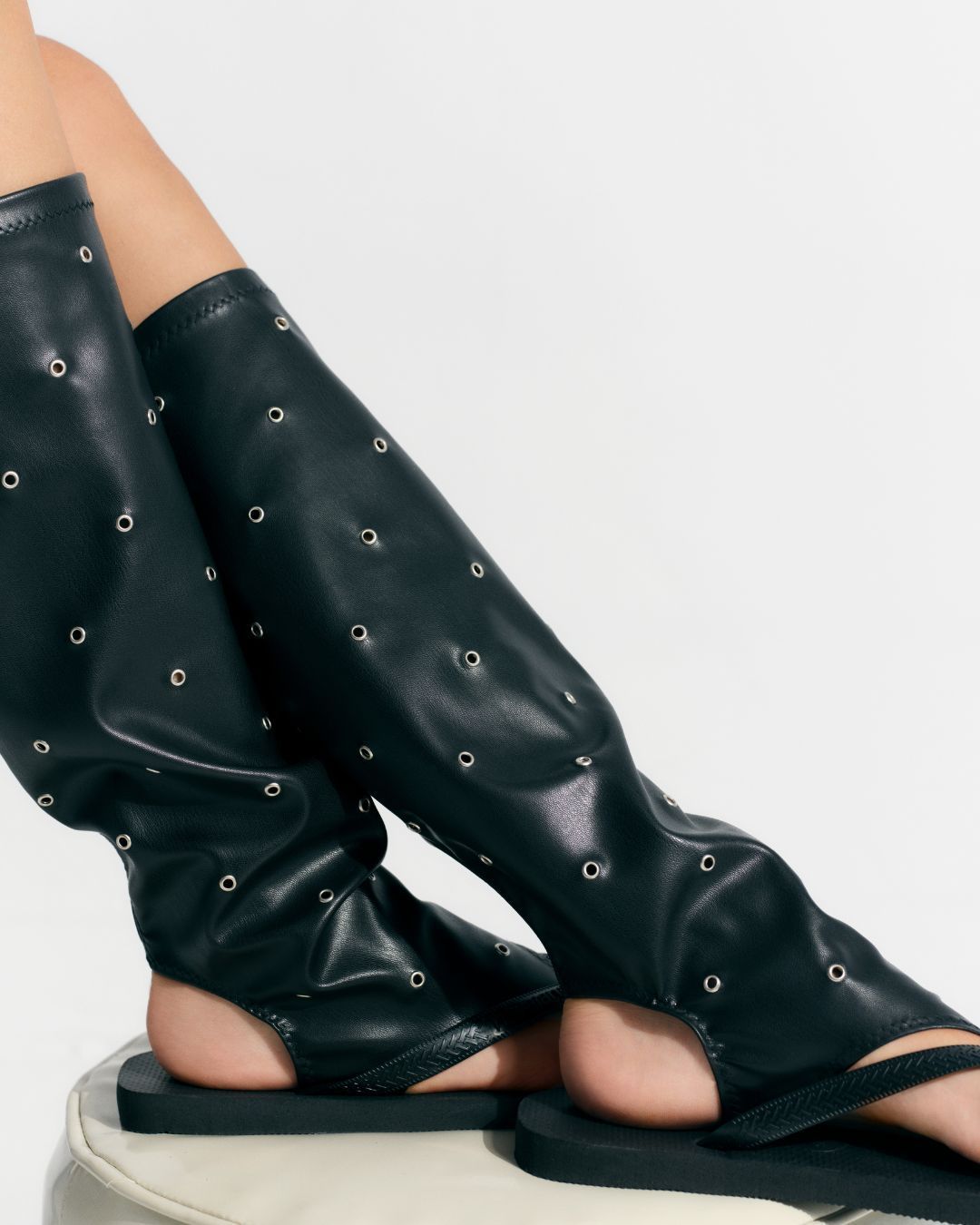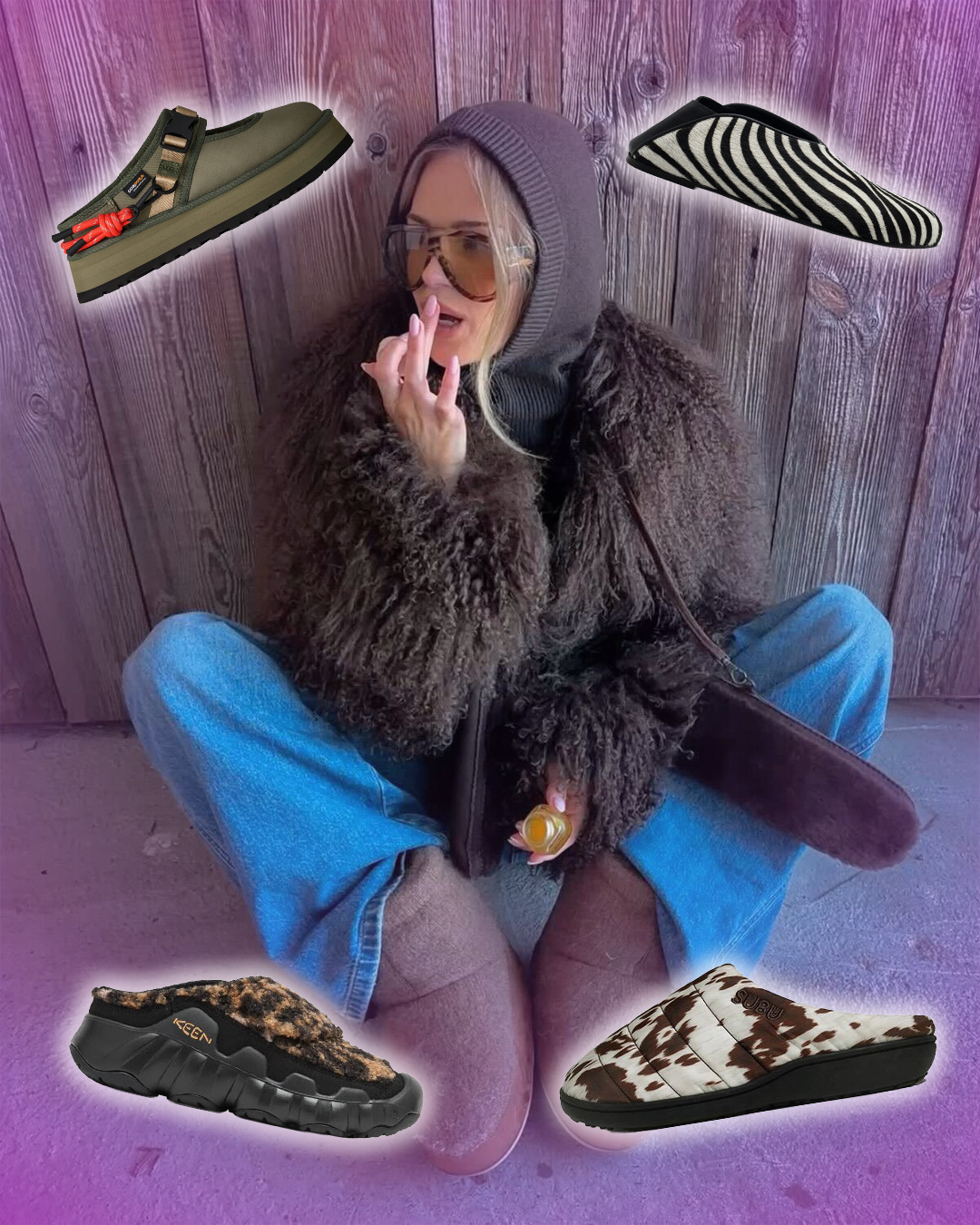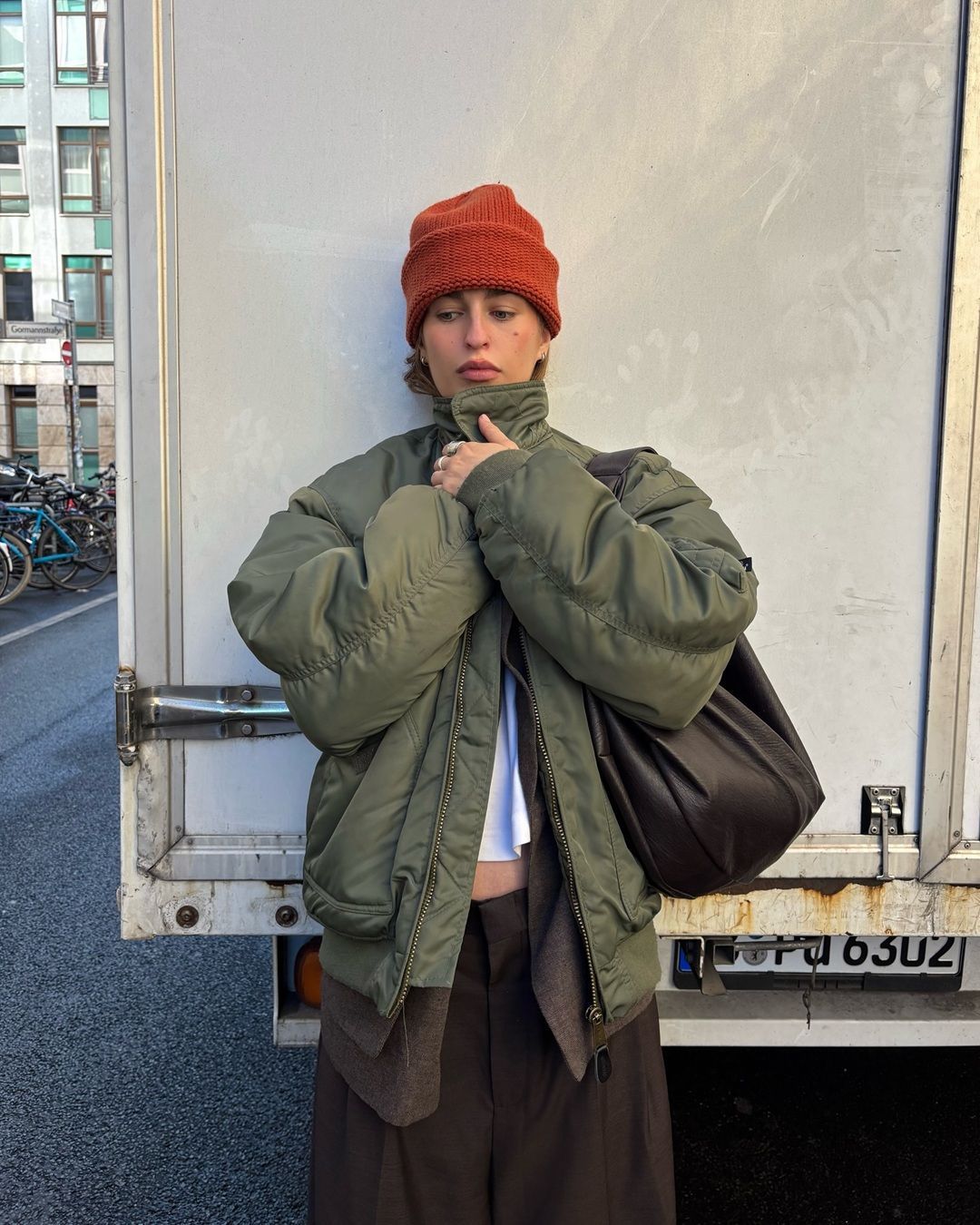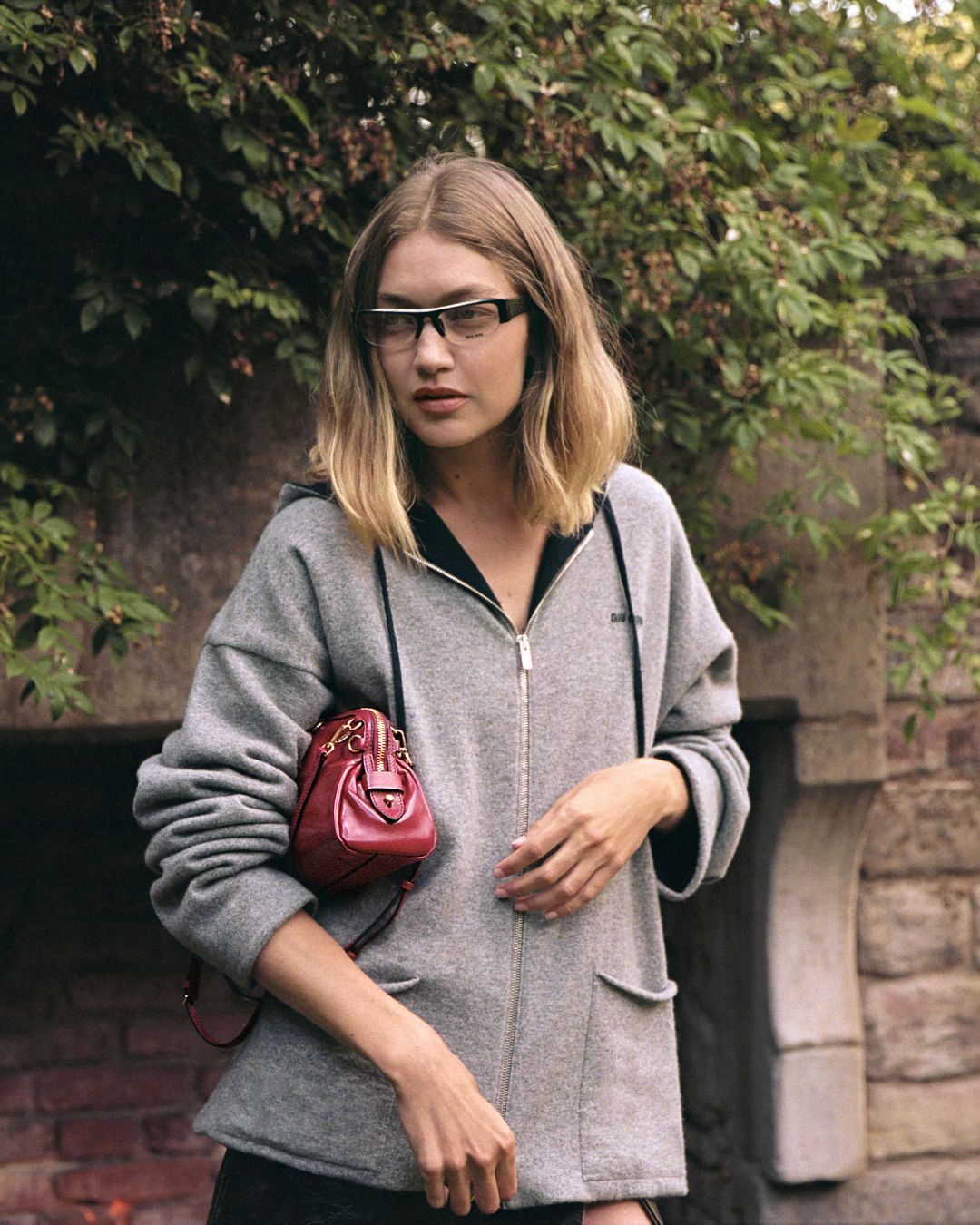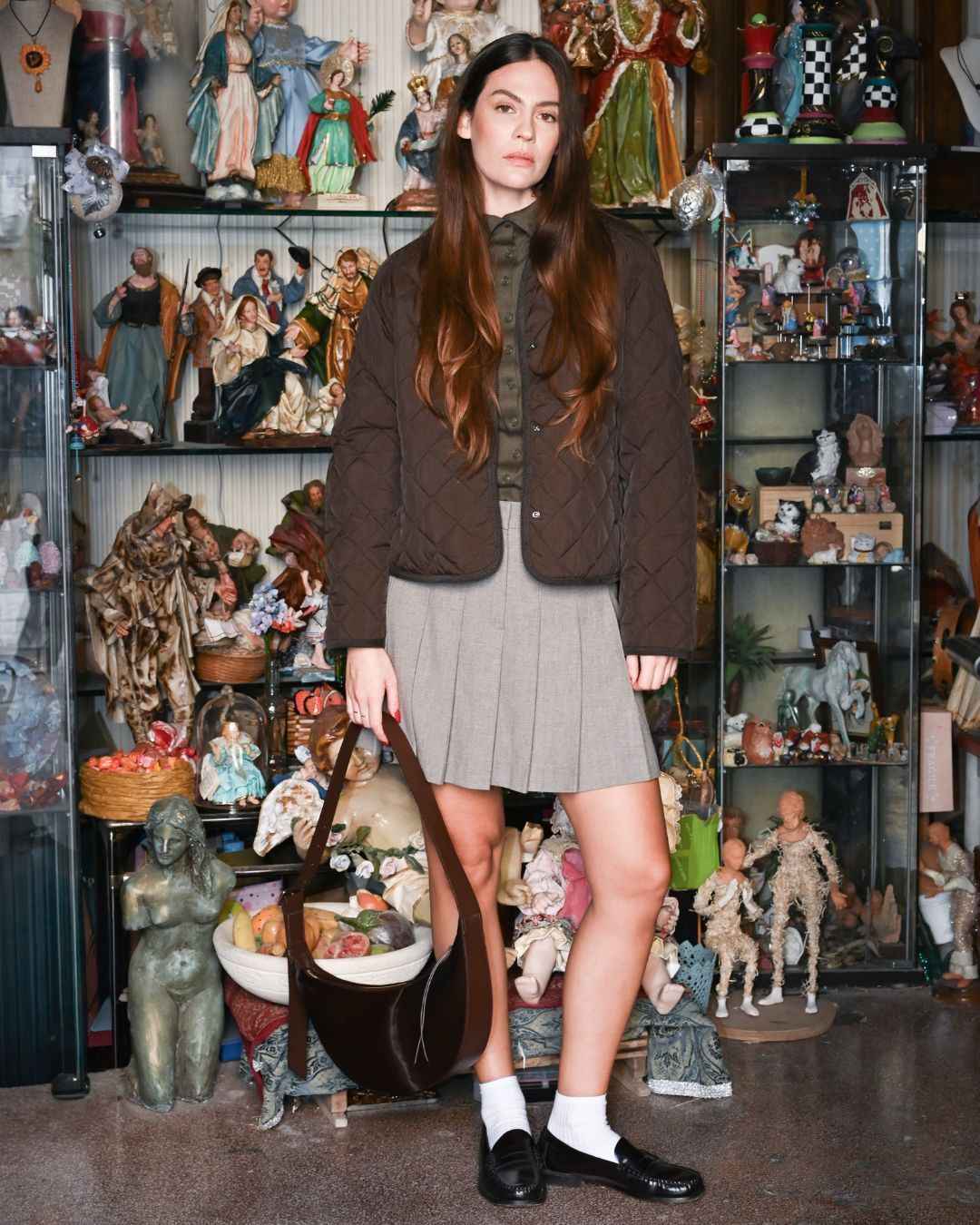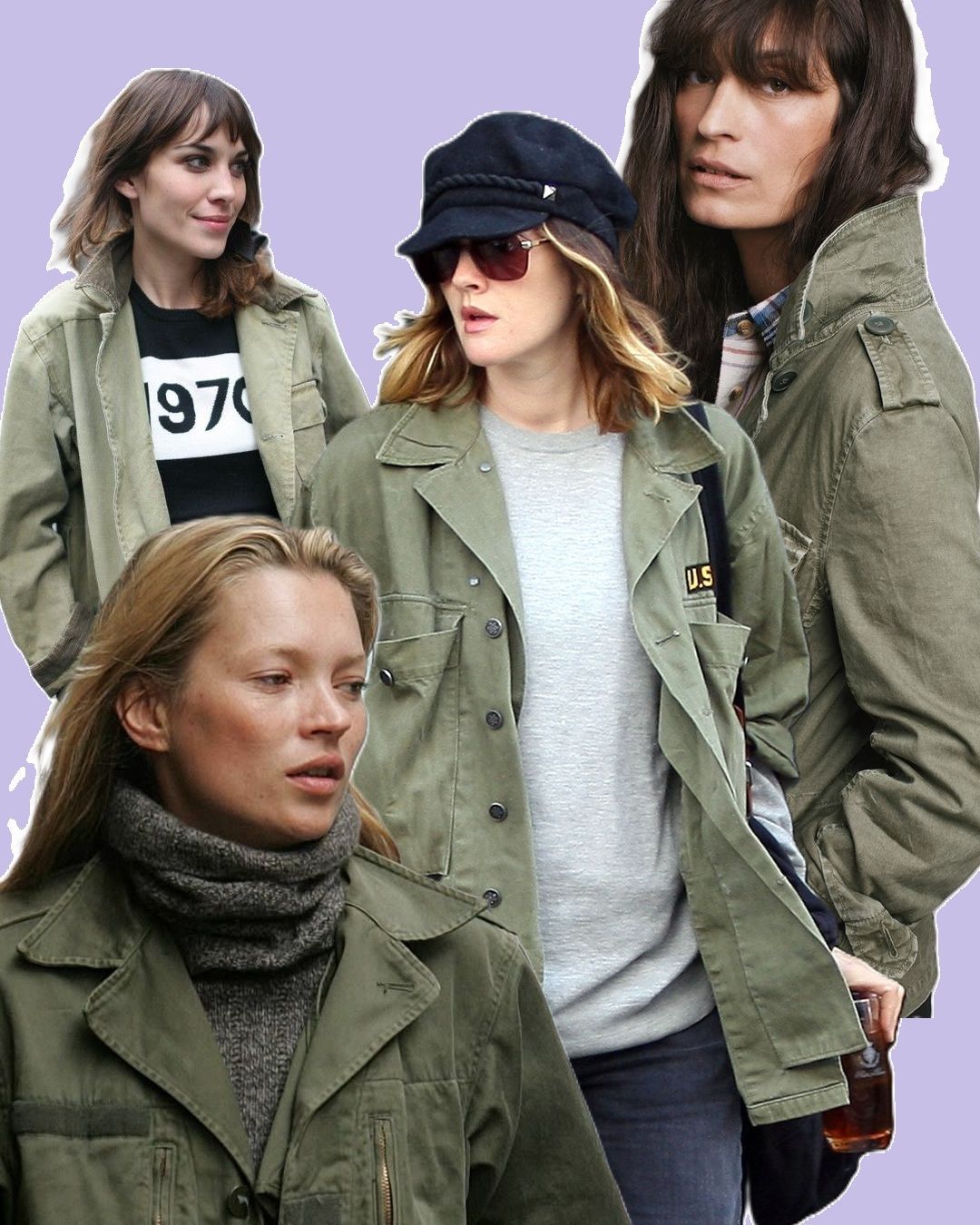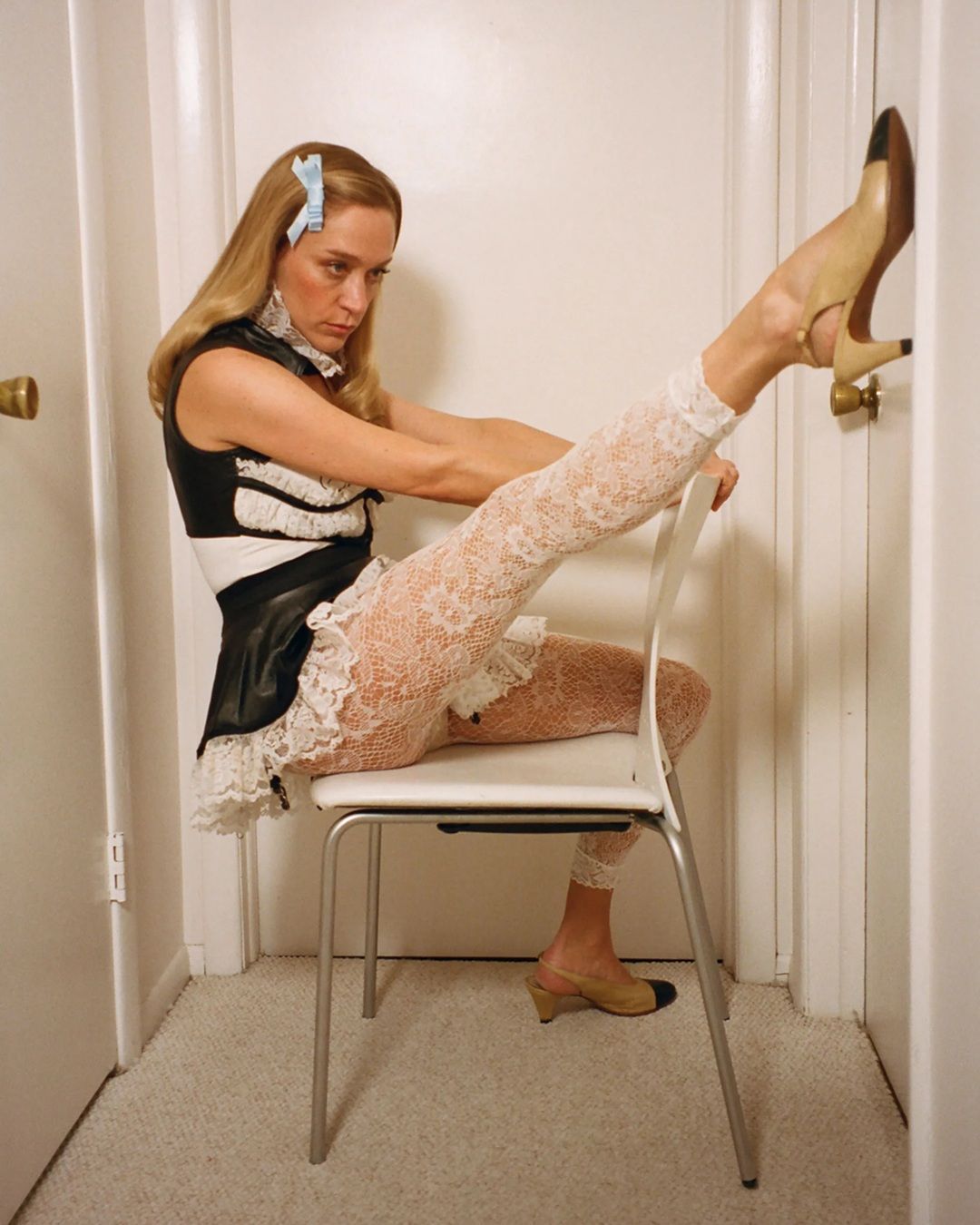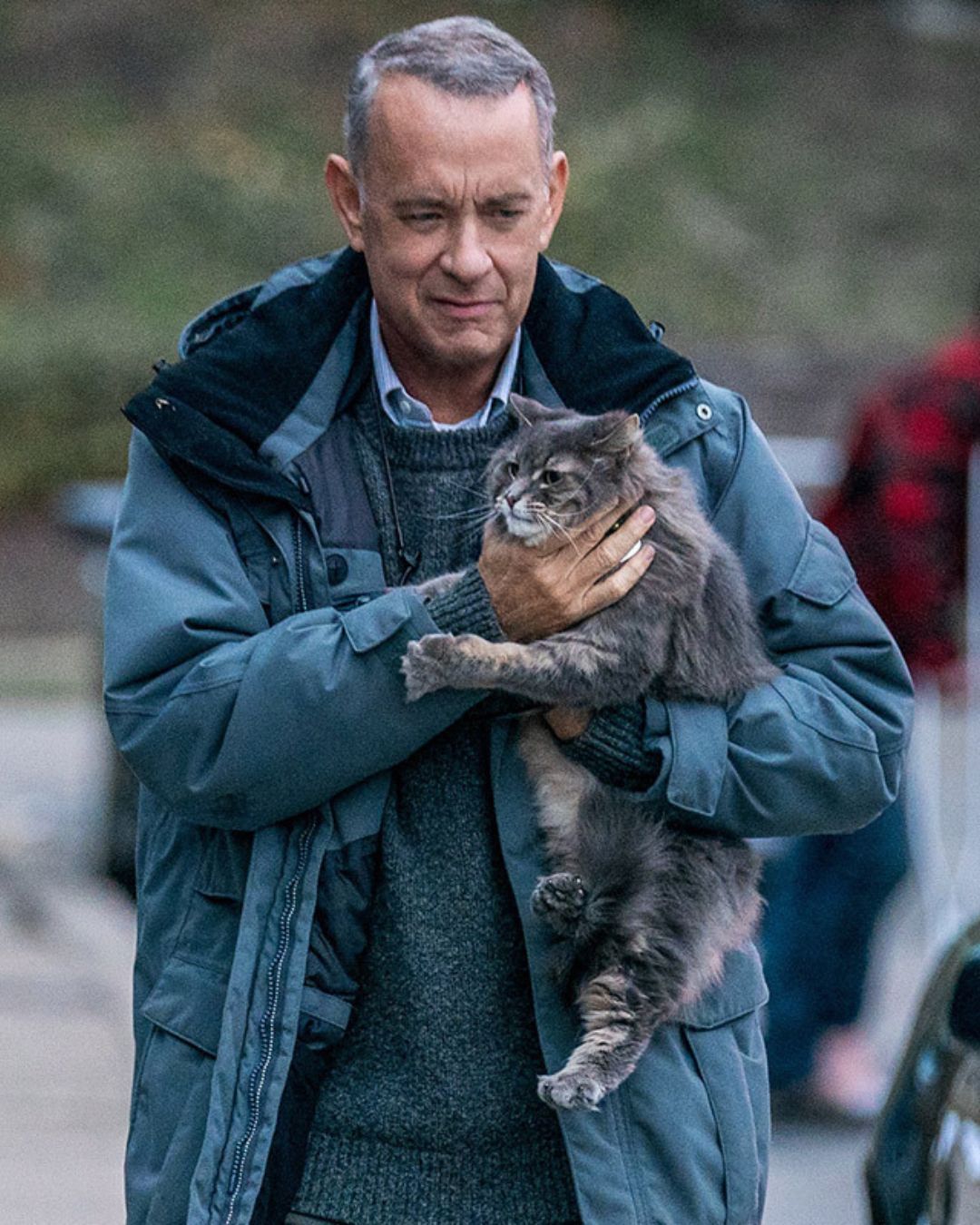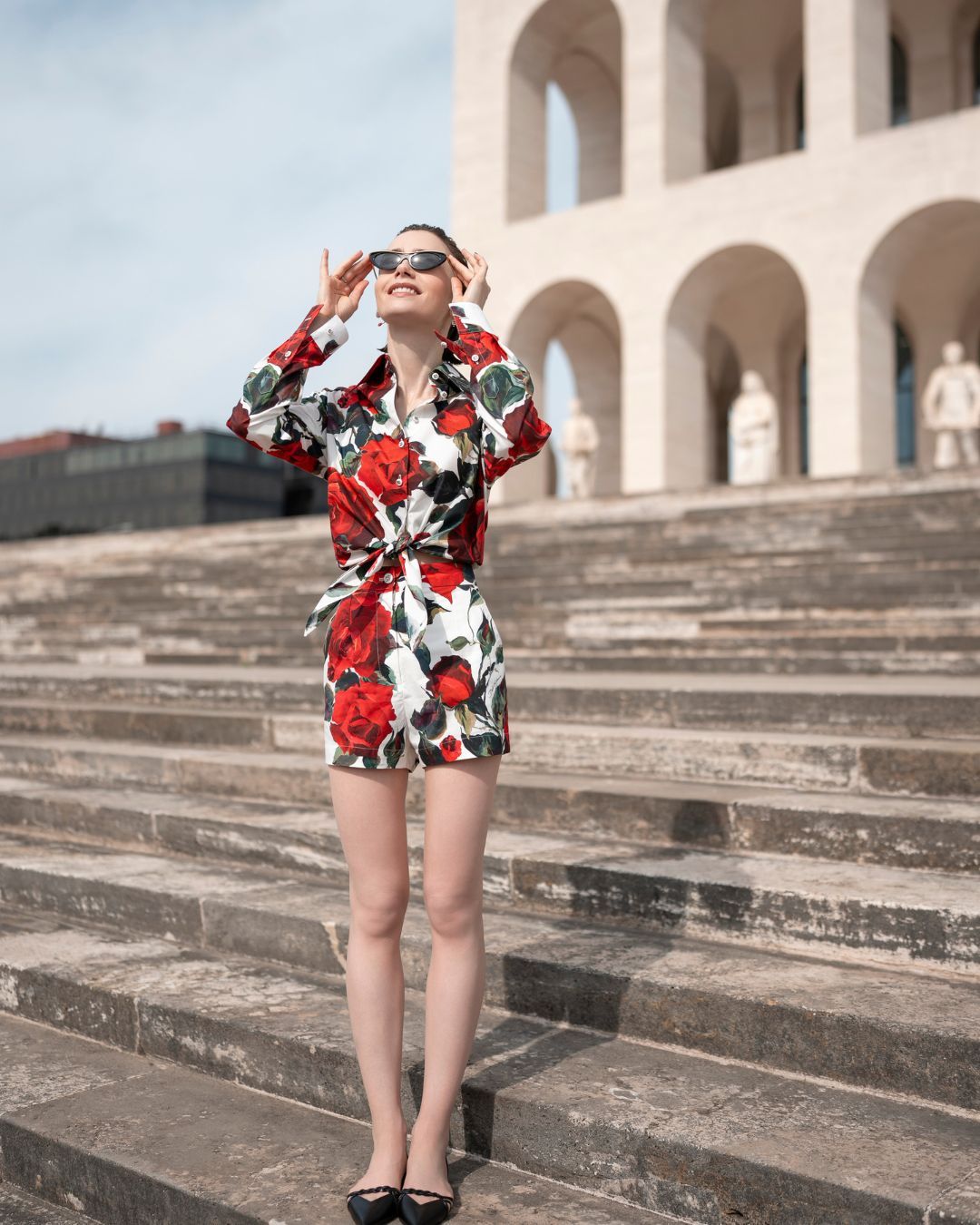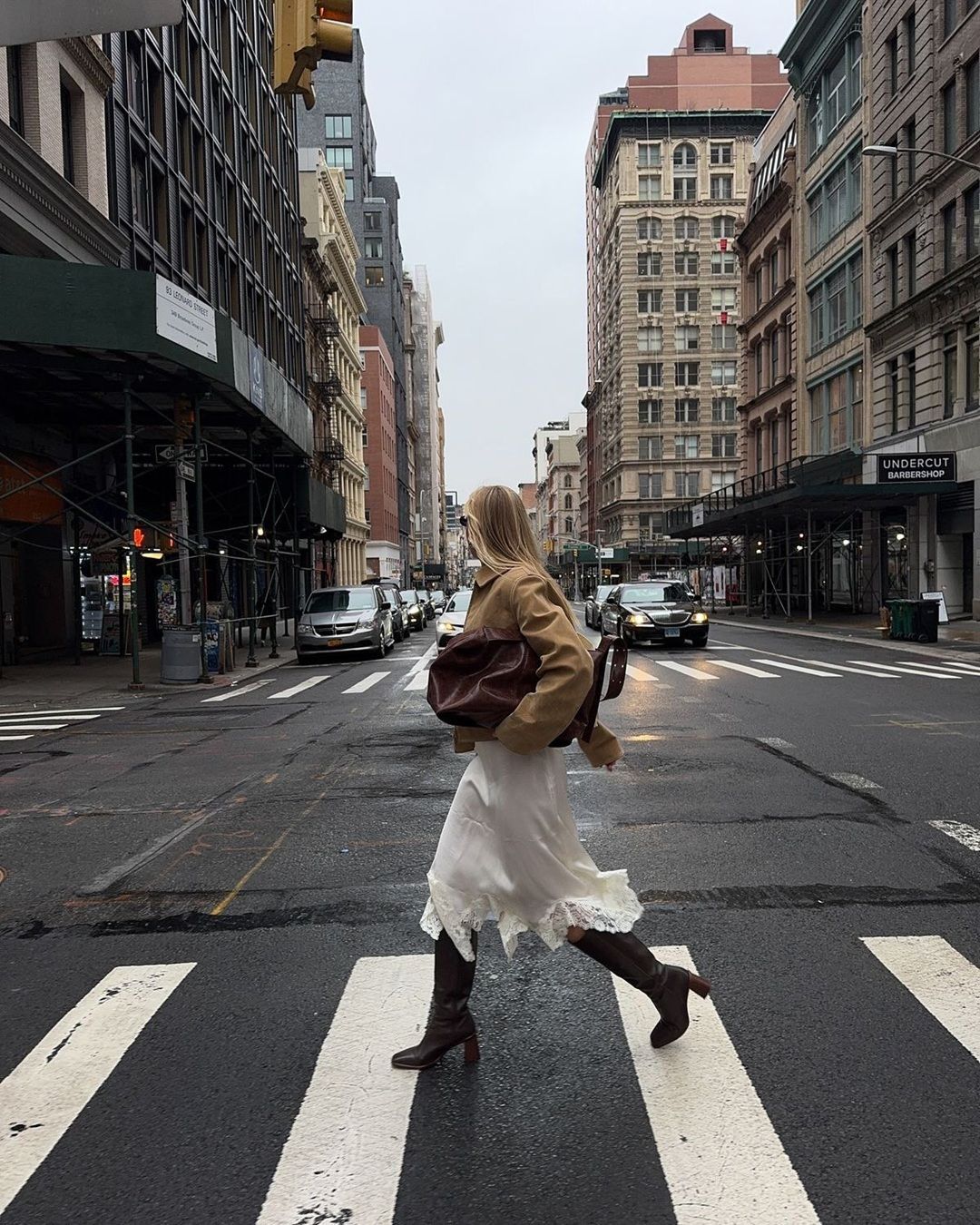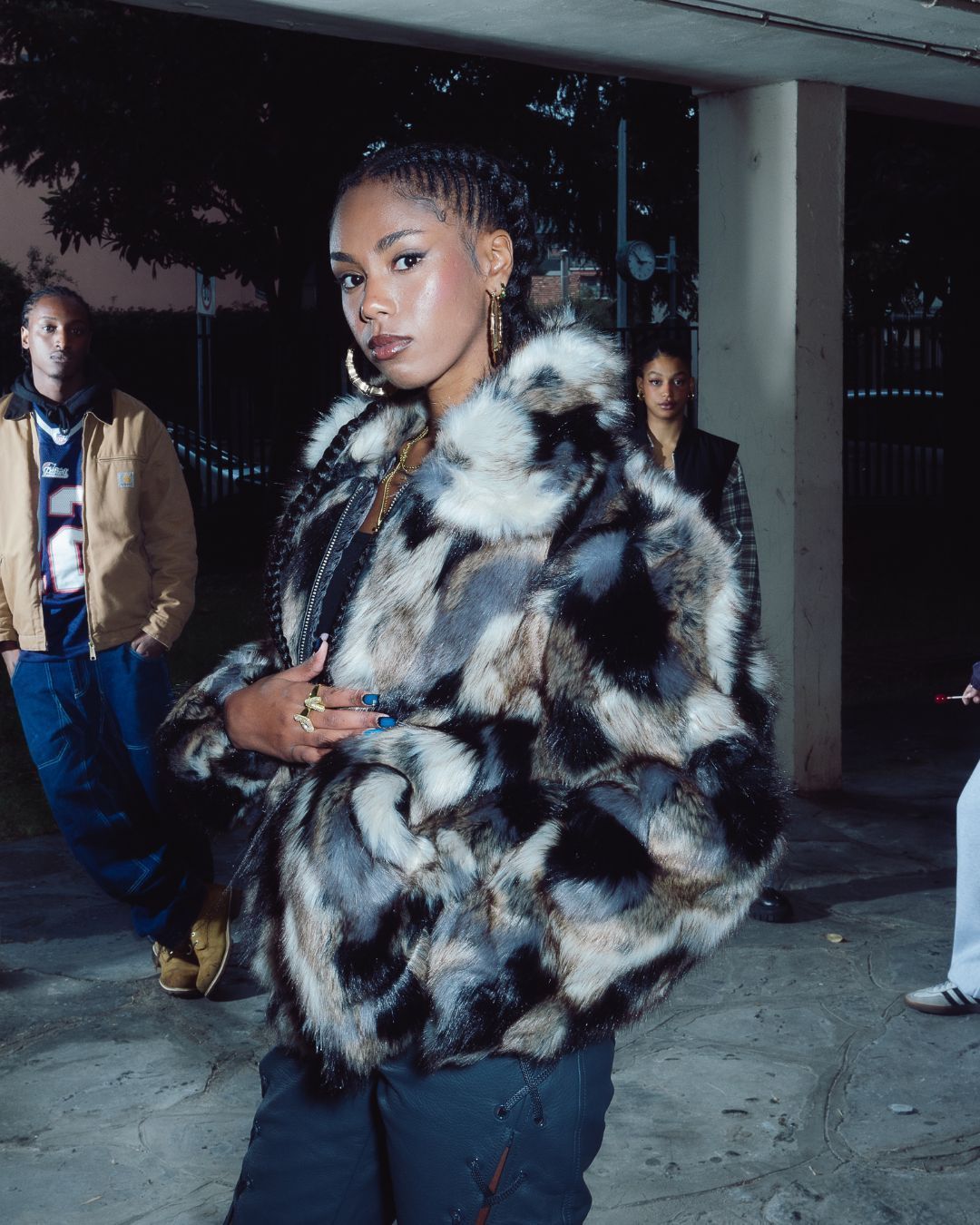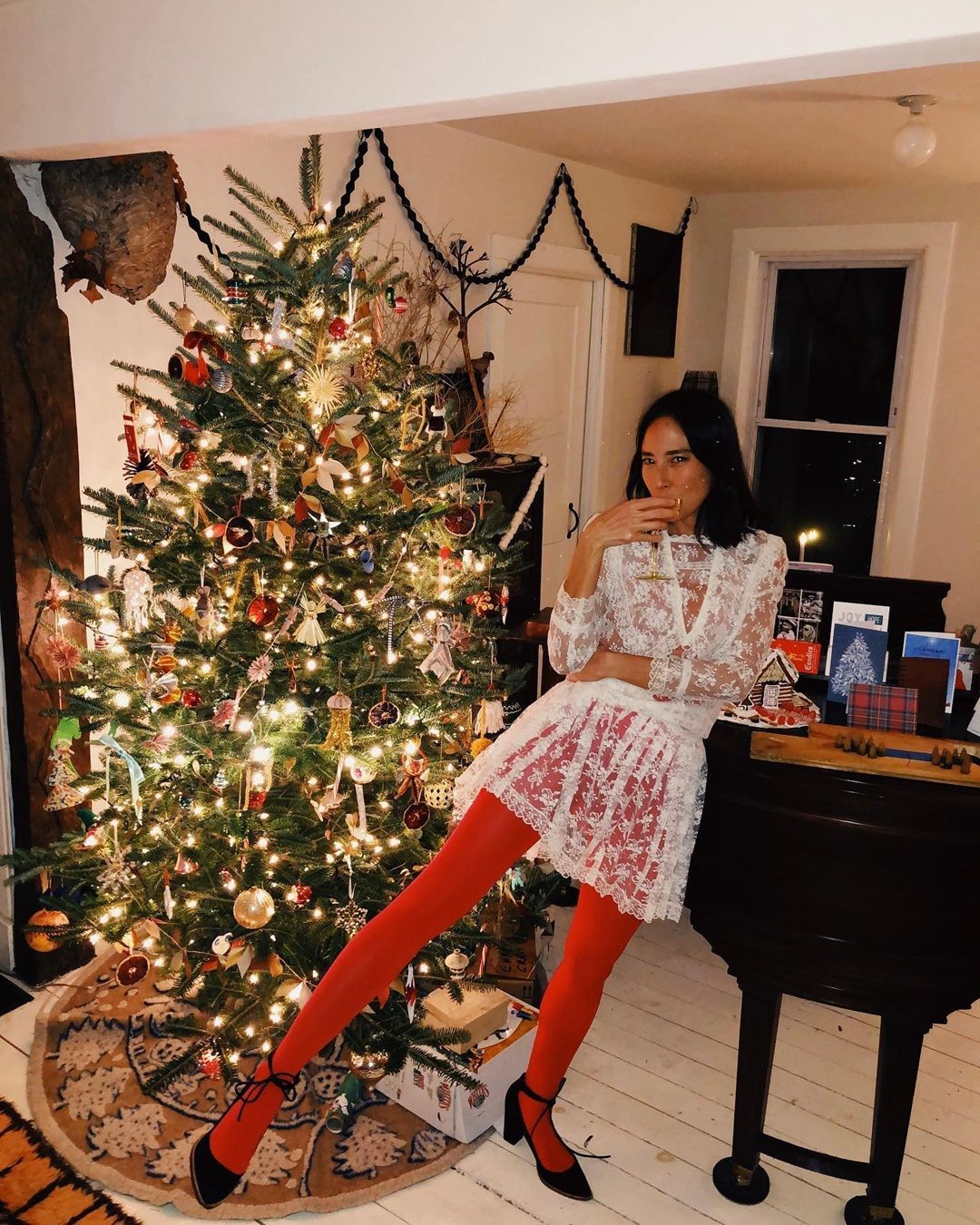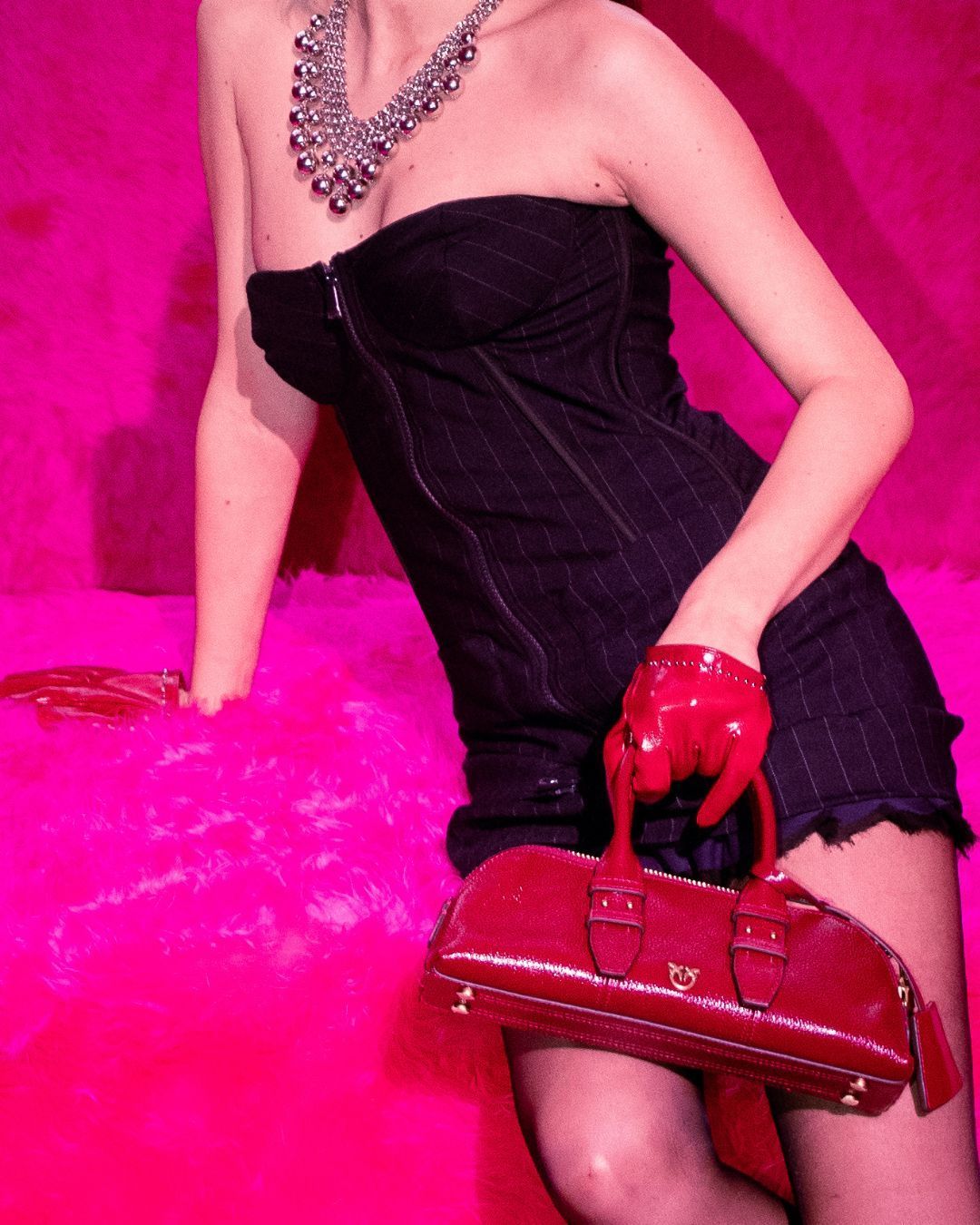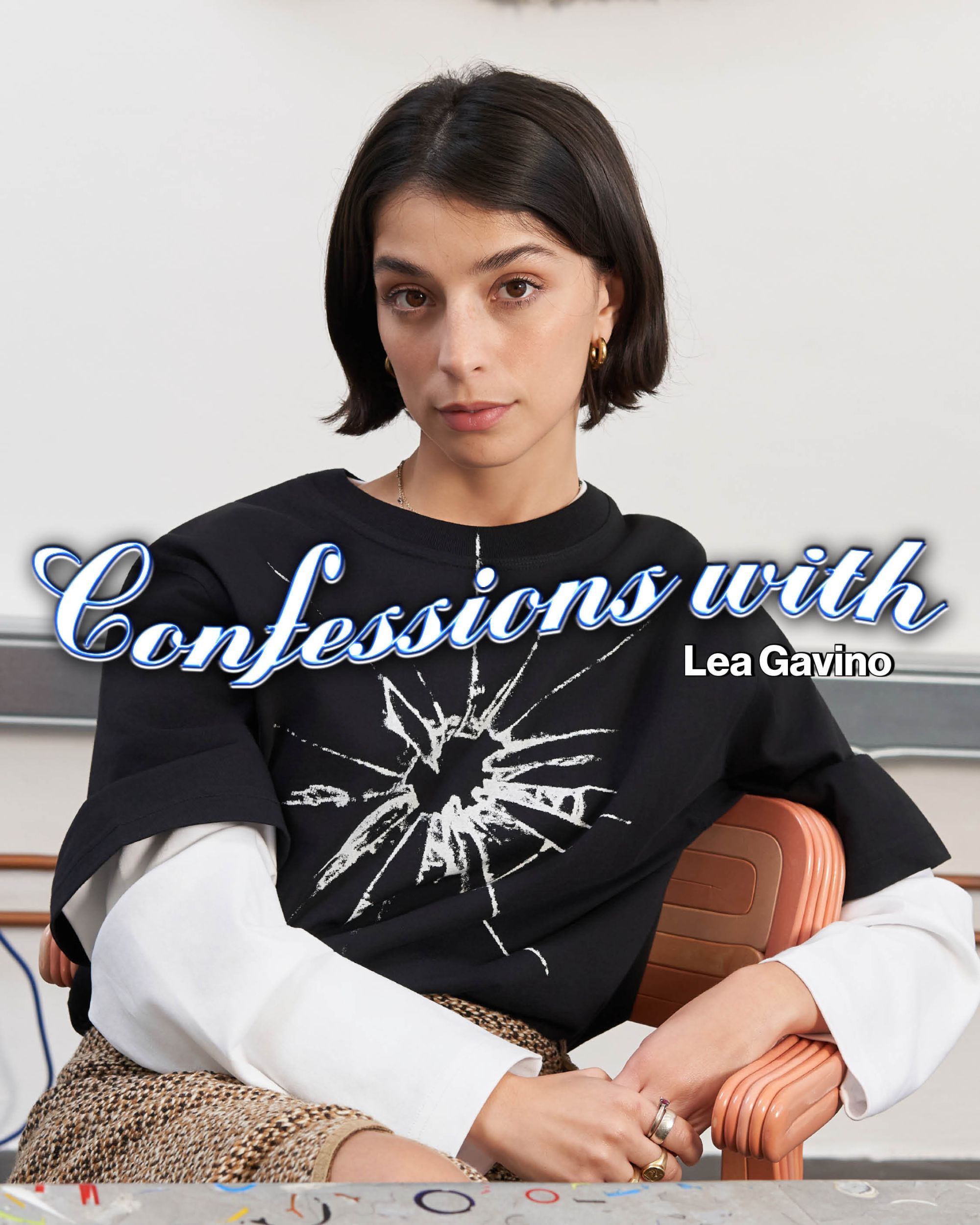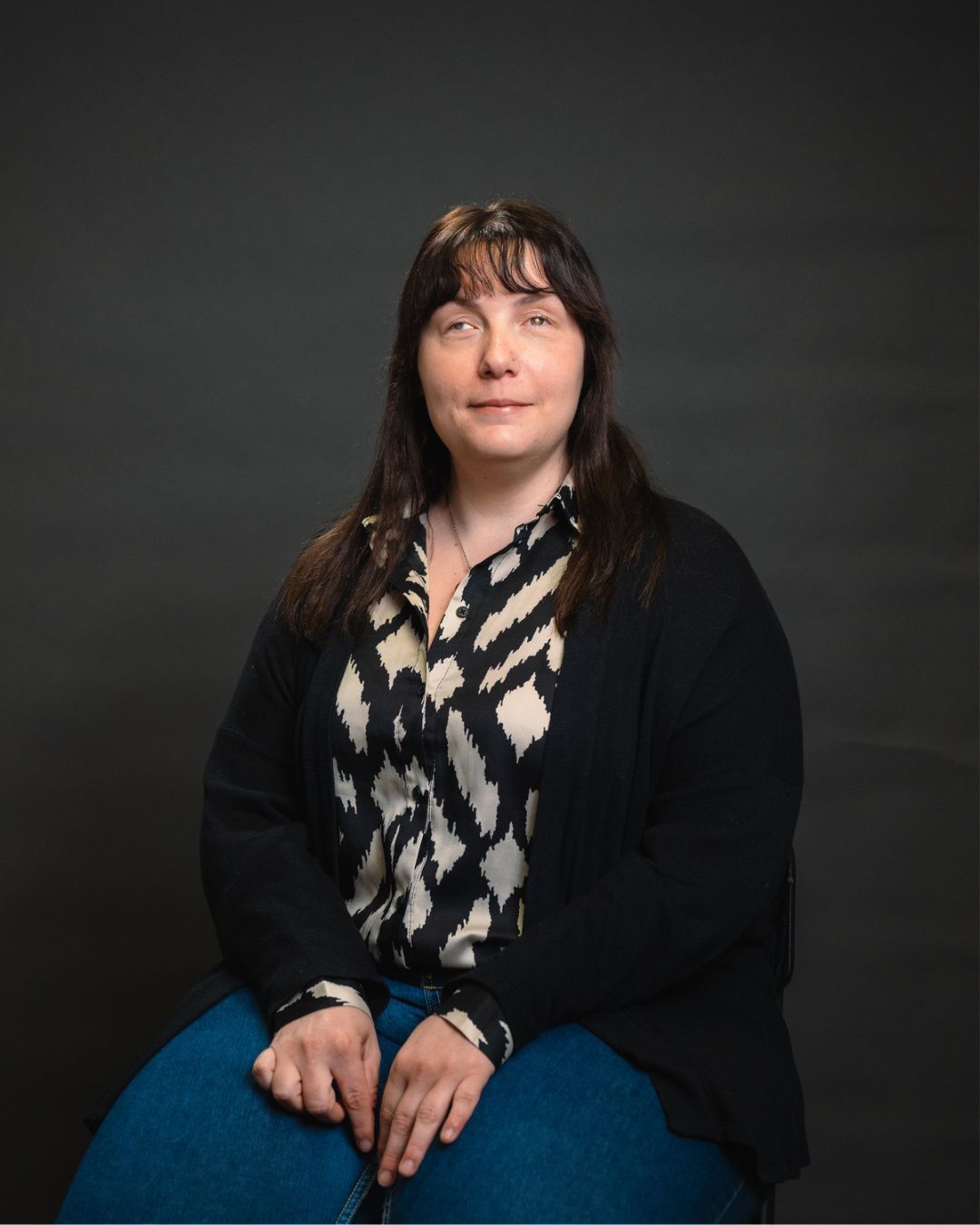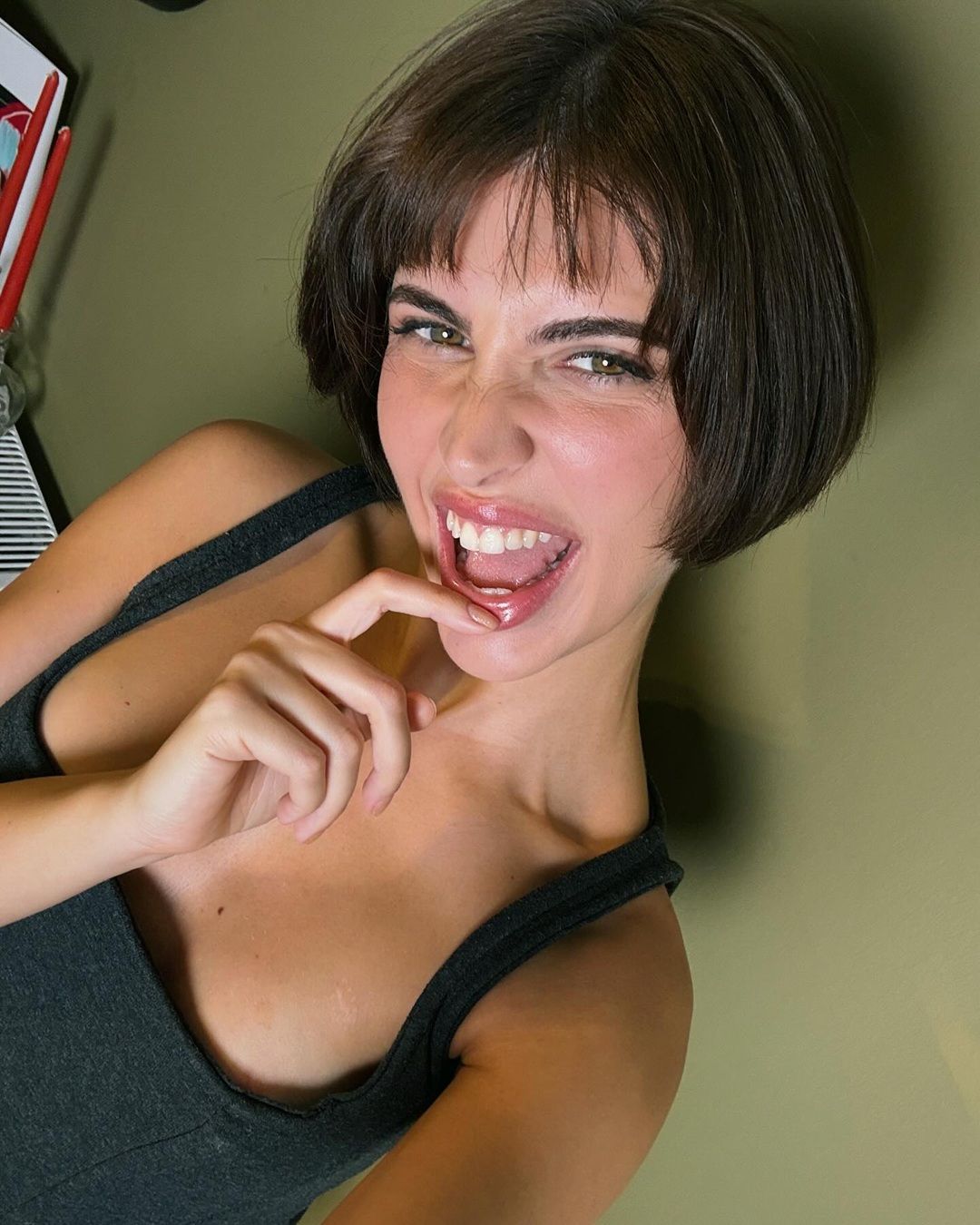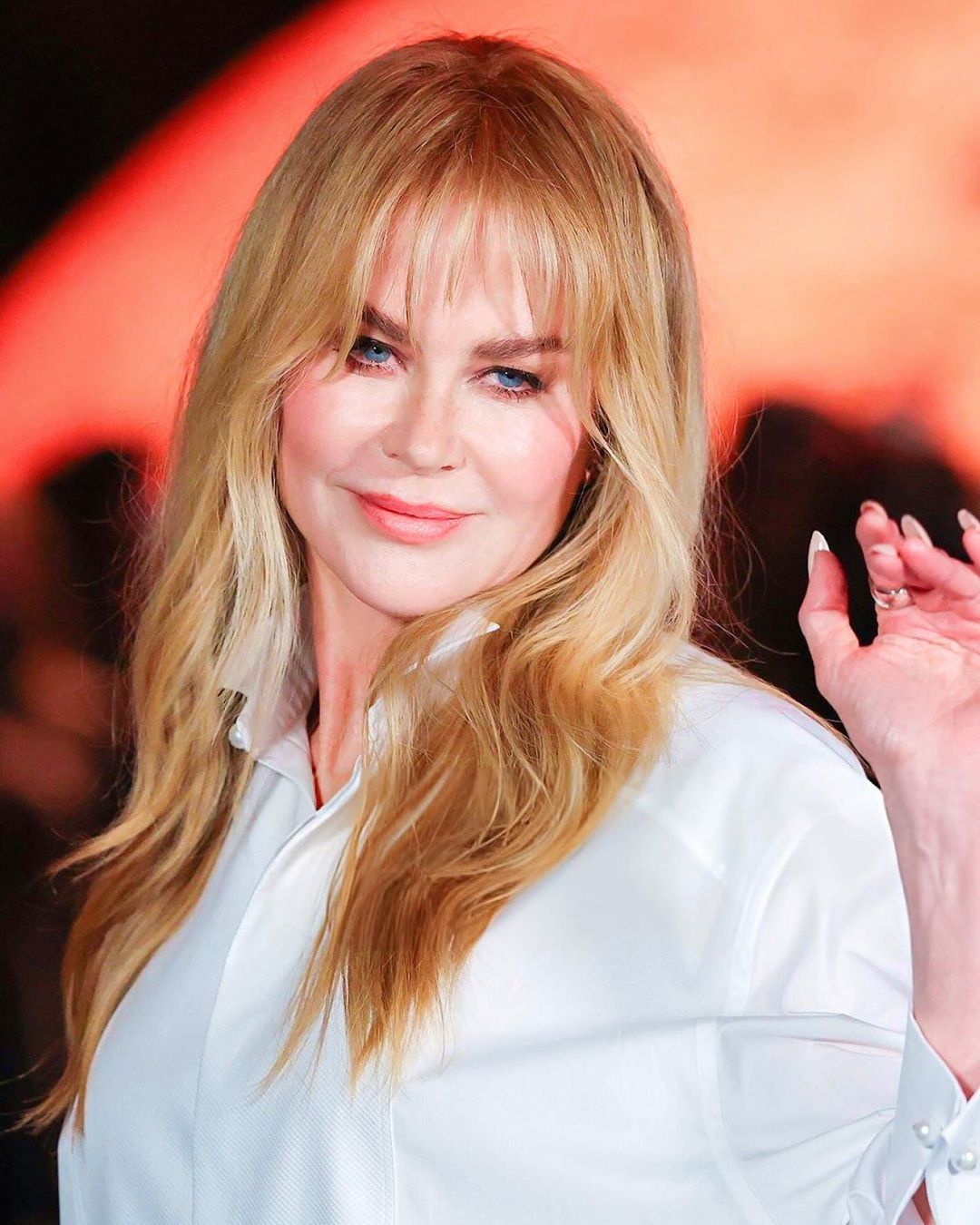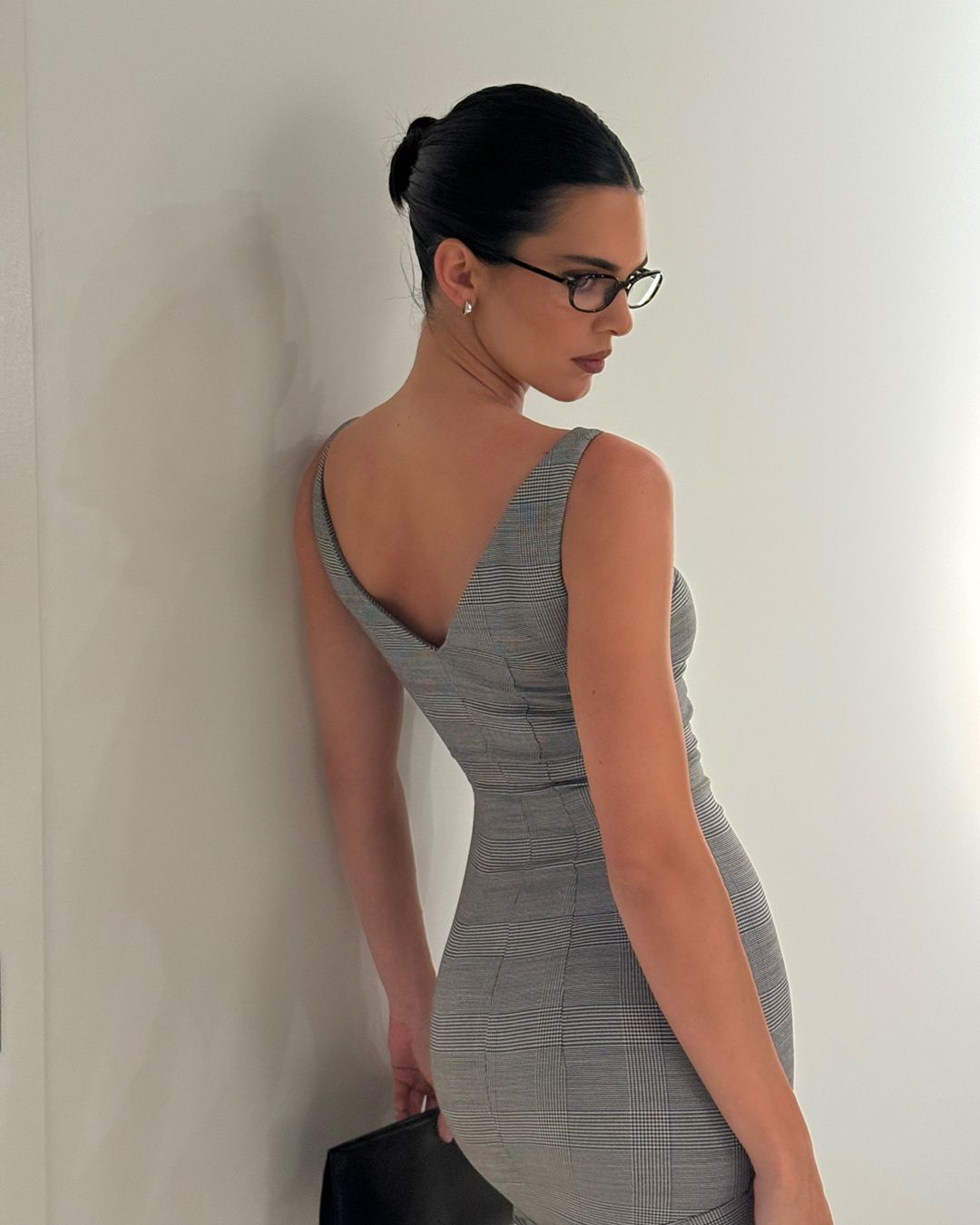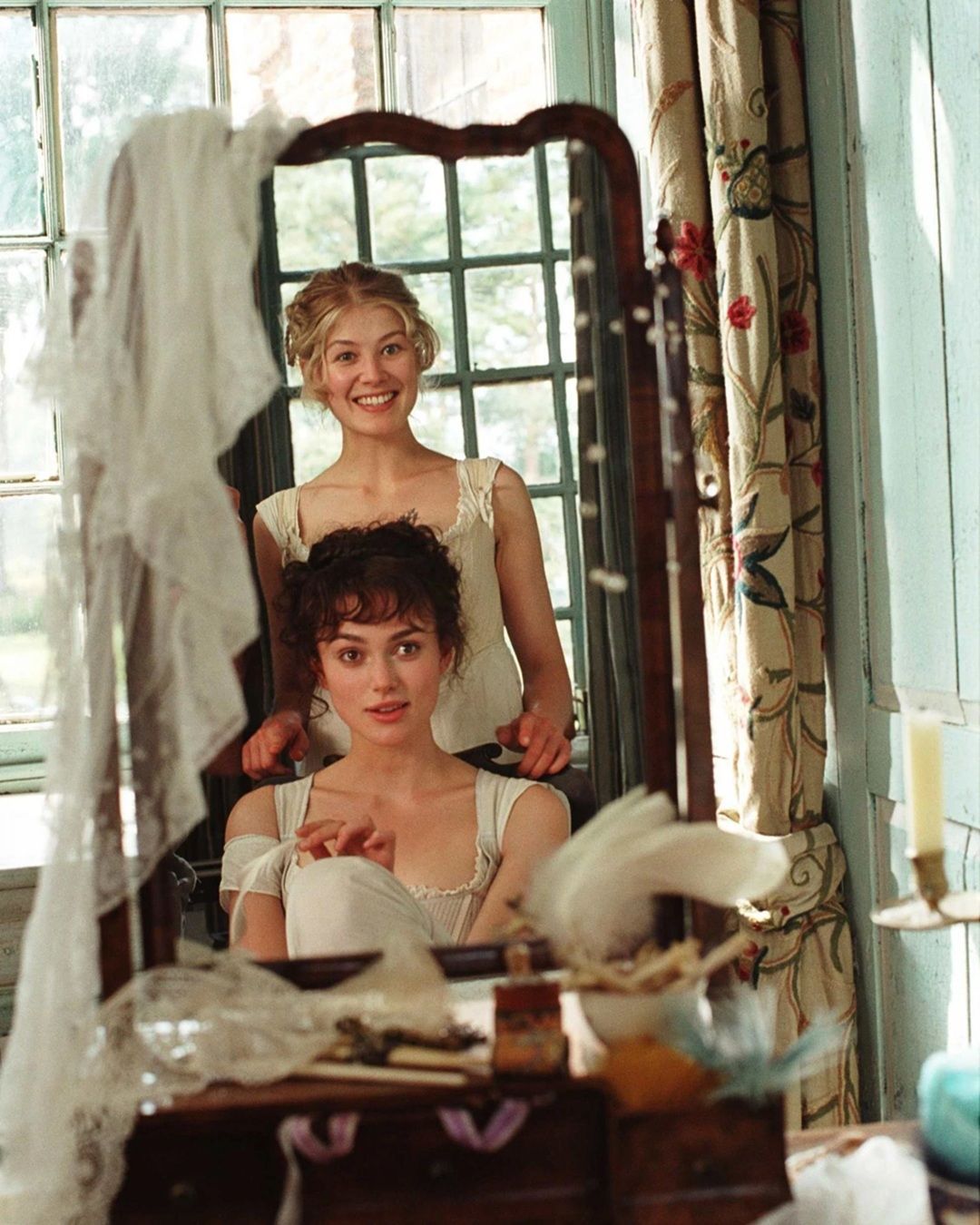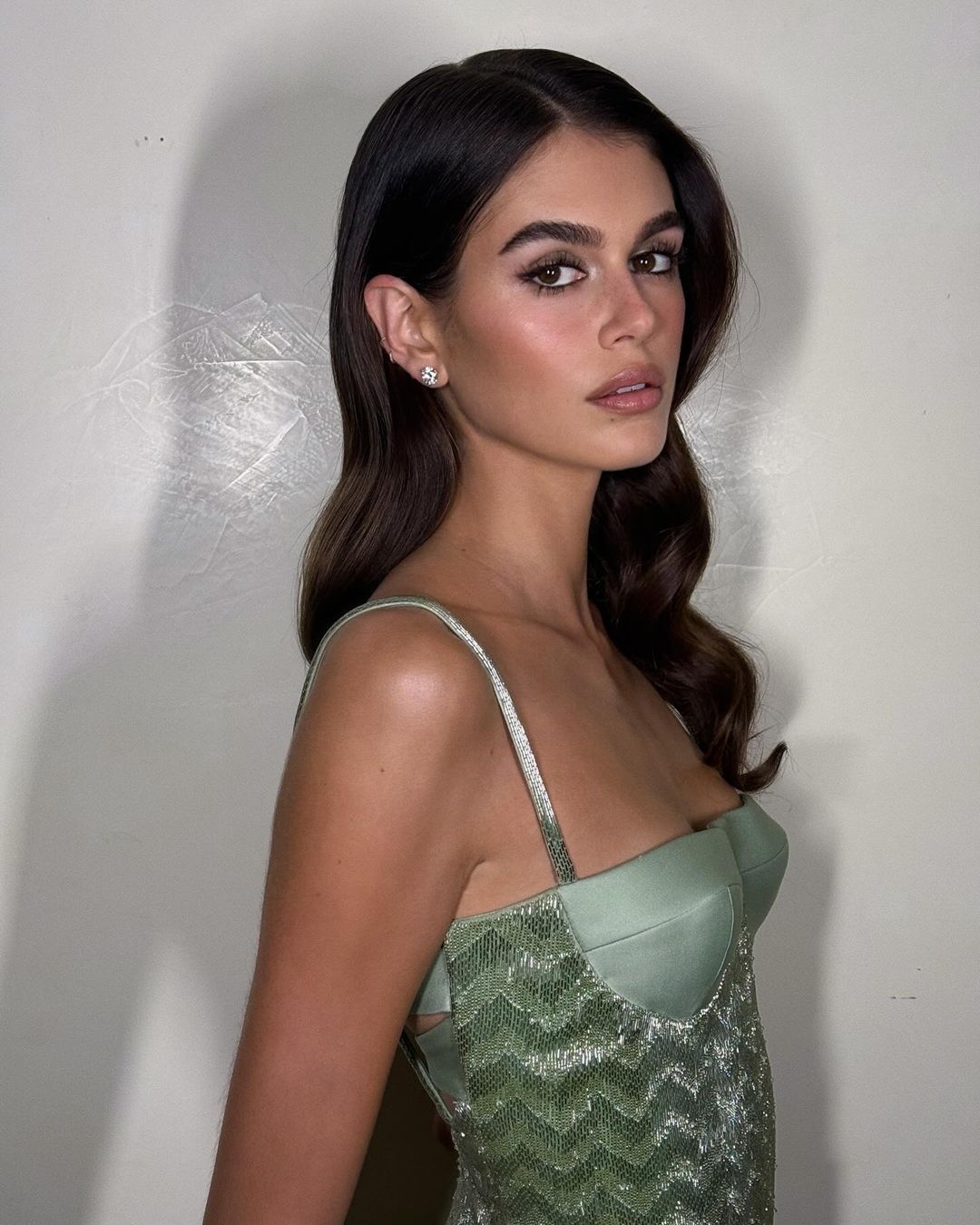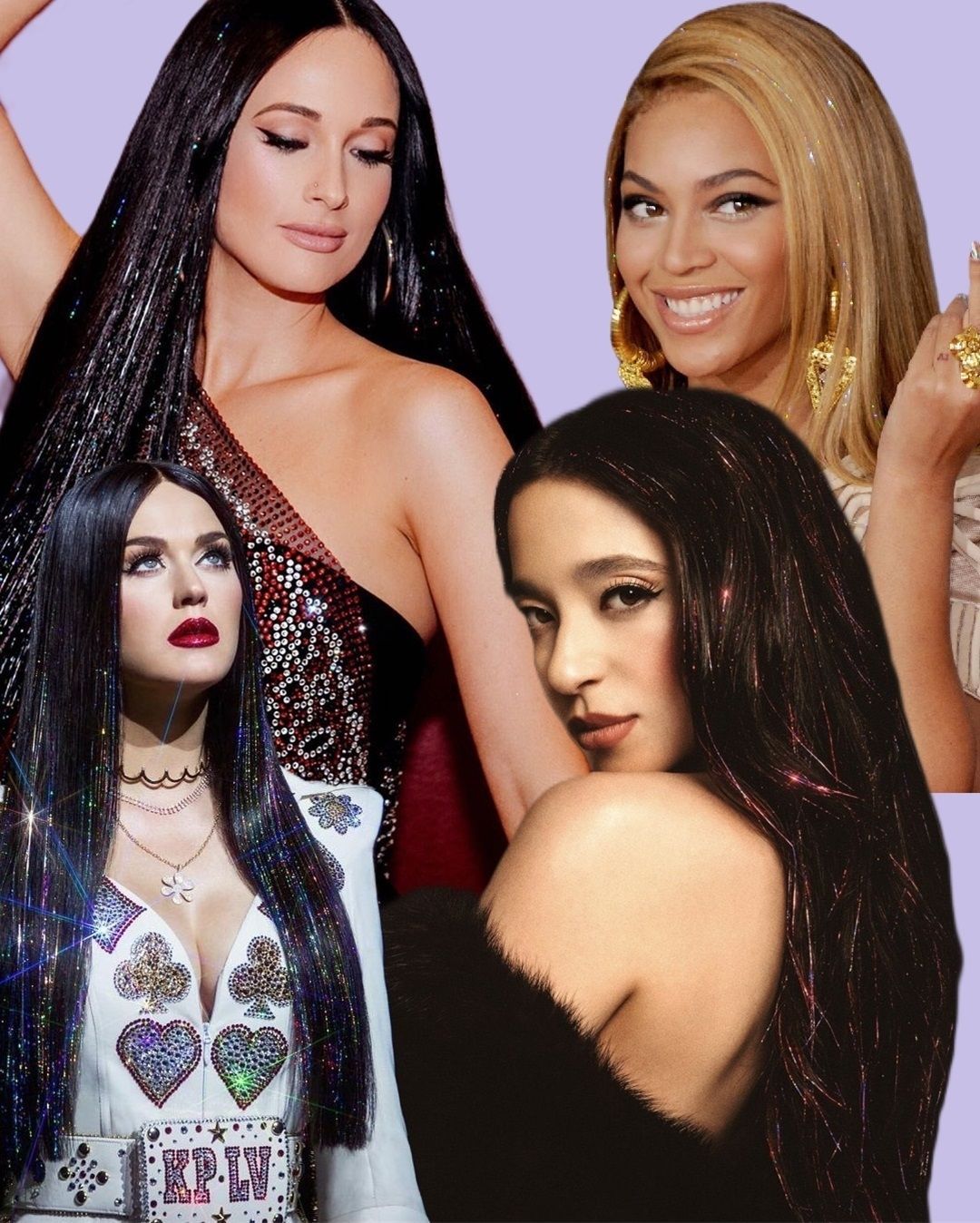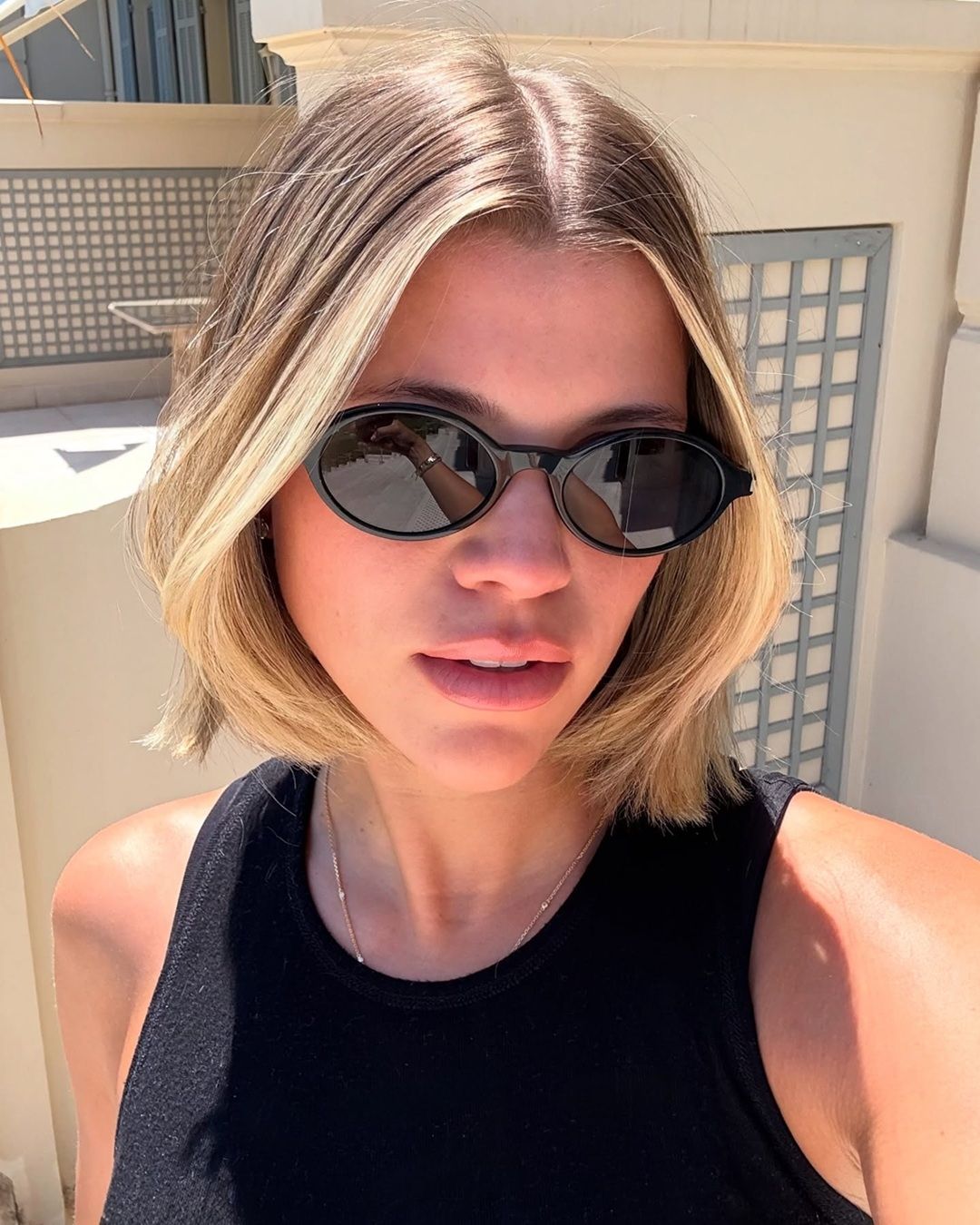
Why are bobs so powerful? Quoting Fleabag, hair is everything
If there's one haircut that stands out in the cultural zeitgeist, it's the bob. Case in point: My mom and I were watching The Better Sister on Prime Video, in which actress Jessica Biel sports a bob as the seemingly perfect editor-in-chief, Chloe. My mom turned to me and asked aloud, ‘‘She looks so powerful and chic, doesn't she?’’ Indeed, she did. But Biel’s bob is not an isolated case.
It's happened too many times: Ayo Edebiri in the After the Hunt trailer at CinemaCon; Leslie Bibb's and Parker Posey’s characters in The White Lotus; Gigi Hadid at the 2024 Met Gala; Zendaya's curly style at the 82nd Golden Globes; Dichen Lachman as Ms. Casey in Severance and so on. It seems that a bobber carries themselves with poise and elegance, making it hard not to look at. So, the burning question lingers: Why are bobs so powerful?
‘‘As a stylist, I see first-hand how clients are continually drawn to the bob,’’ says Anna Sorbie, a stylist and wedding hair expert. Boosting confidence and offering versatility, from practicality to a stylistic rebirth, Sorbie believes that the haircut is timeless because it constantly reinvents itself, and it never fails to make a statement.
The rebellious origins of the bob and its evolution in the years
For hairdresser and salon owner in Merrick, New York, Nikki Cestaro, the bob has always been a statement too. Its origins can be traced back to the Roaring Twenties, a period defined by rebellion. ‘‘When women first chopped their locks in the 1920s, it was a scandalous act,’’ says Julia North, a celebrity hairstylist and founder of the wig brand Wigonia. Because long hair symbolized femininity back then, cutting it was a way to reject Victorian ideals and claim freedom. With icons like Louise Brooks, Clara Bow, and French dancer Irene Castle put the haircut on the map, making it a signature of the flapper and a proclamation of autonomy.
Following its roaring debut, the bob surfaced in more subtle forms as longer hair came back into style. Still, stars like Greta Garbo and Marlene Dietrich popularized the haircut in Hollywood with softer versions. It was not until the '60s that the bob made a big, loud comeback. According to Maria Sotiriou, co-founder of SILKE London, the haircut resurgence was sparked by hair stylist Vidal Sassoon, after he created a five-point bob for fashion designer Mary Quant, mirroring the era’s swinging aesthetic. Besides Quant, model Twiggy and actress Nancy Kwan were also known for sporting the style in their own ways.
During the '80s, the haircut morphed into more of a power look, with Vogue’s EIC Anna Wintour's signature cut exuding authority, knowledge, and sophistication, and, as Cestaro tells me, oozing ‘‘boss’’ energy. During the 1990s, as sleek minimalism rose to prominence, celebrities like Victoria Beckham, Gwyneth Paltrow and Winona Ryder modeled the haircut, solidifying its status as a beacon of extreme elegance. The 2000s and 2010s saw endless interpretations of the bob, with public figures such as Paris Hilton, Britney Spears, Natalie Portman, Rihanna, Angelina Jolie and Keira Knightley. It was even up to the fabulous sexpert Carrie Bradshaw to pull off the look, in season four and five of the renowned Daren Star’s TV show Sex and the City.
A universal cut for all hair types
Shaggy, micro, asymmetrical, you name it. With countless variations, the bob has transcended beauty trend status to become a bona fide cultural icon that appeals to many regardless of hair type. Still, as Maria Sotiriou points out, there is a continued need for conversations about textured hair. She emphasizes the importance of approaching coily and curly hair differently when cutting a bob because it shrinks. ‘‘As a person of mixed heritage, I am happy to see the direction our industry is heading. Training in black hair is expanding rapidly and it is expected that stylists are trained in this category,’’ Sotiriou declared.
Although the fundamentals of the bob remain the same, clean lines and precision, its execution has shifted. According to salon owner Hadley Yates, techniques have evolved to include texturizing, internal layering, dry cutting, and personalized shaping. ‘‘The cut needs to feel tailored, not template,’’ the salon-owner notes, an important observation in an era when the reach of mass culture feels less like influence and more like a uniform swallowing us whole.
According to Yates, a bob renaissance is upon us. Its revival usually follows periods of excess, they’re a return to sharpness, clarity, and identity. In a post-pandemic world, ‘‘people want a sense of structure again,’’ Yates explains. And it starts with our hair. The bob is now everywhere, popping up on Carey Mulligan, Laura Harrier, and, let’s be honest, half your feed. As a complete phenomenon, the cut has become the ultimate go-to haircut for transformation. In Yates views’,its resemblance to confidence, independence, and a break from convention makes it perfect for a turning point. It's those same qualities that make it so powerful. As Julia North bluntly puts it after hours of bob-conversation in salons: ‘‘When a woman chooses a bob, she’s making a statement about taking control of her image.’’ And that’s power, snipped to perfection.



